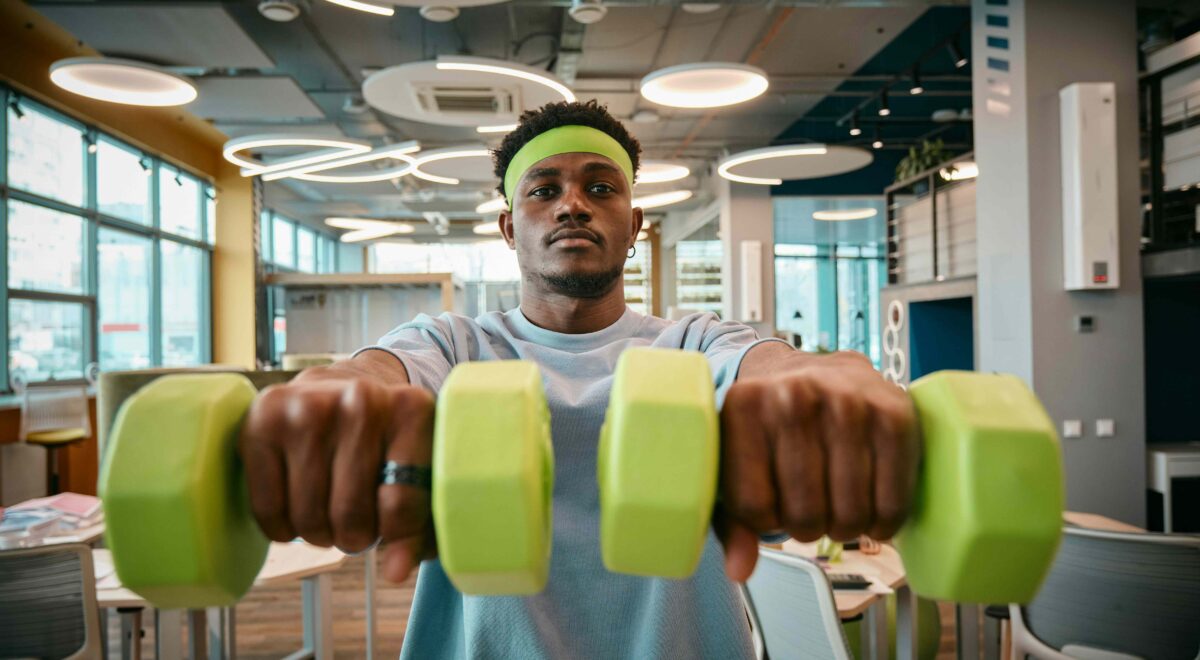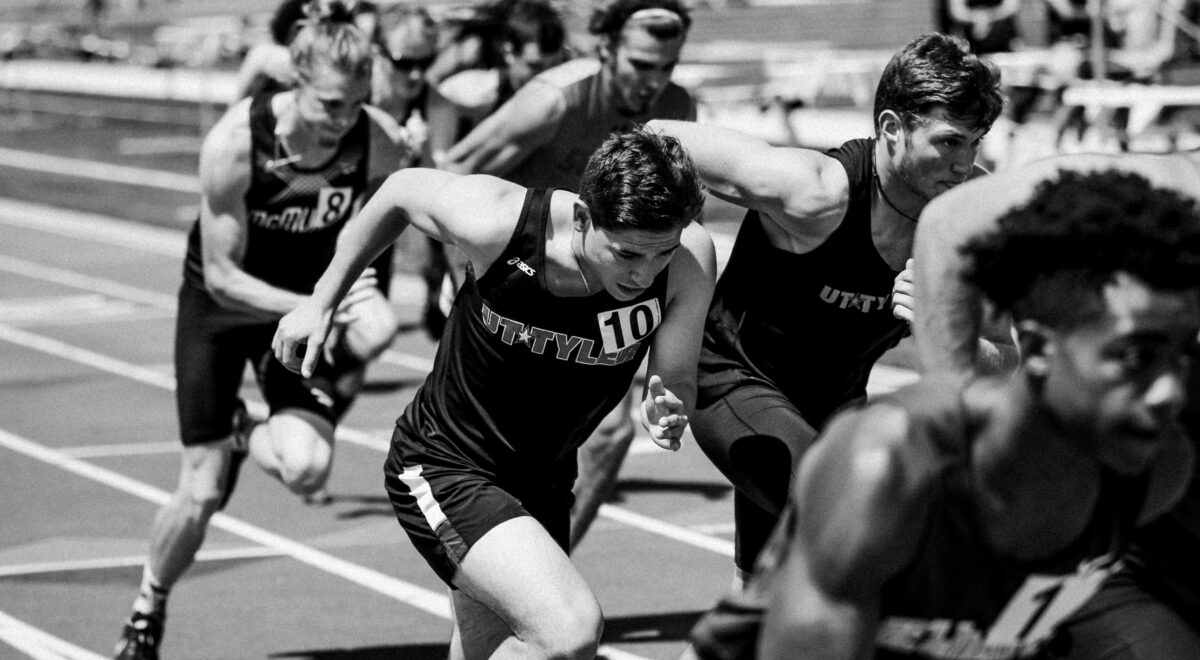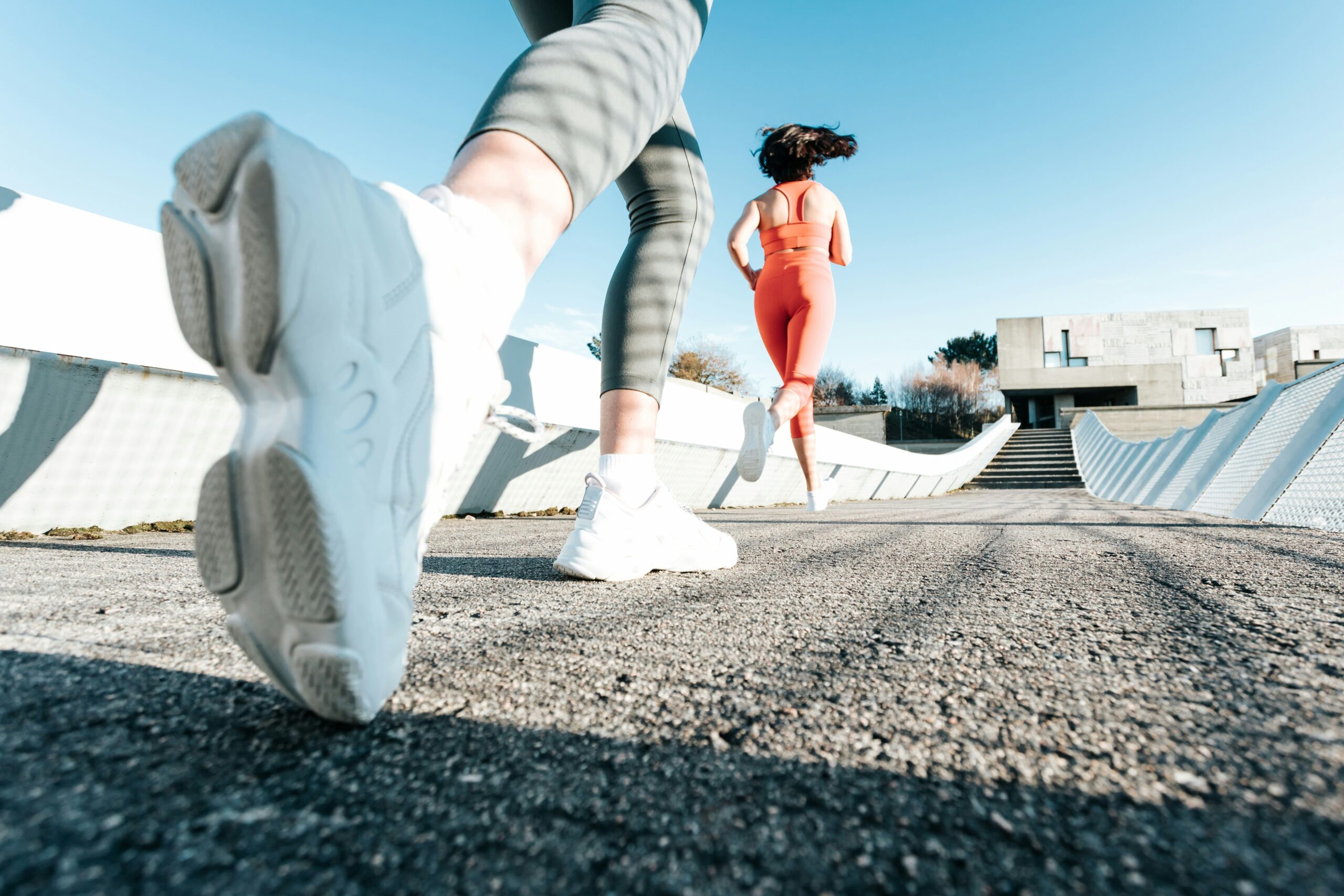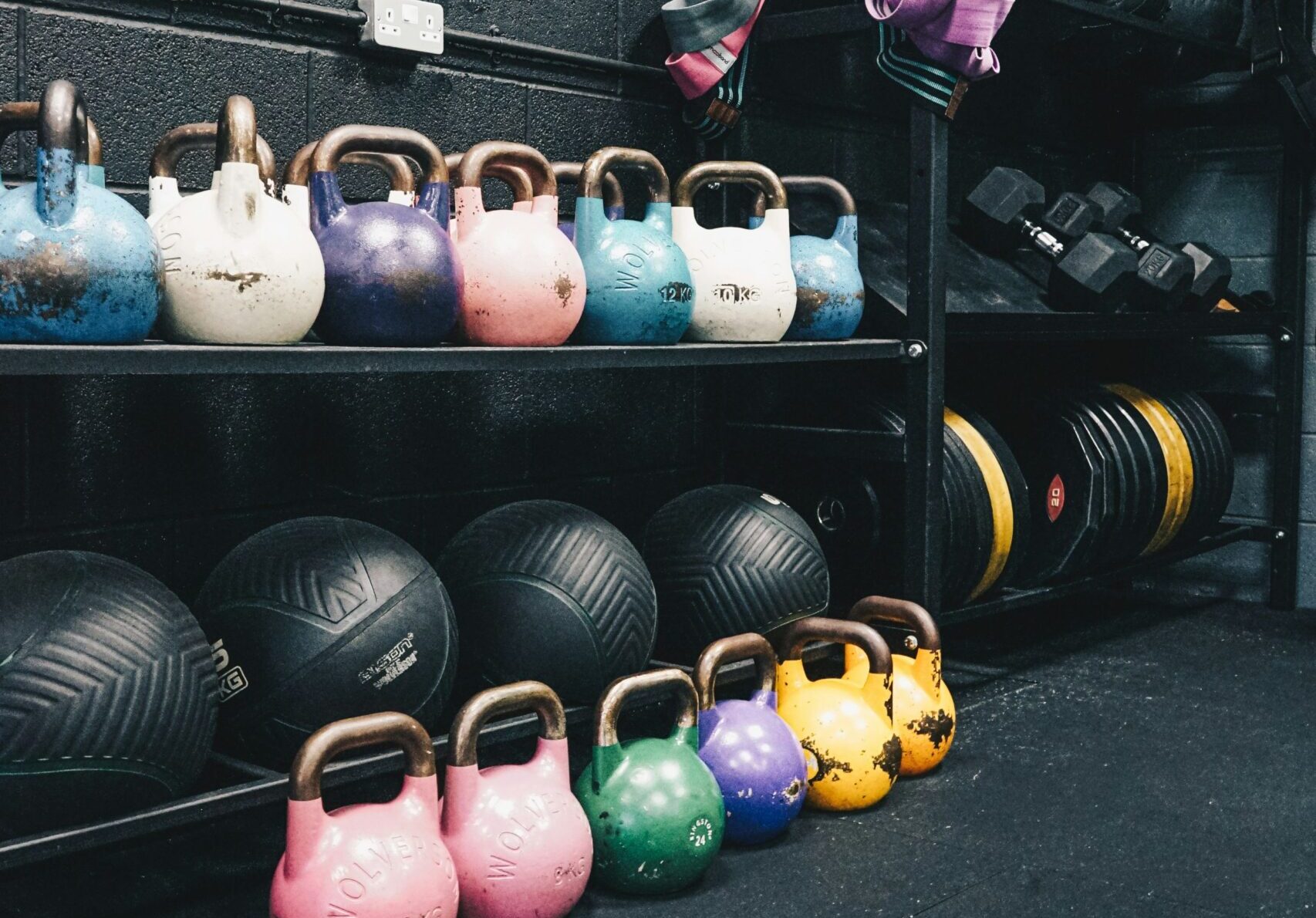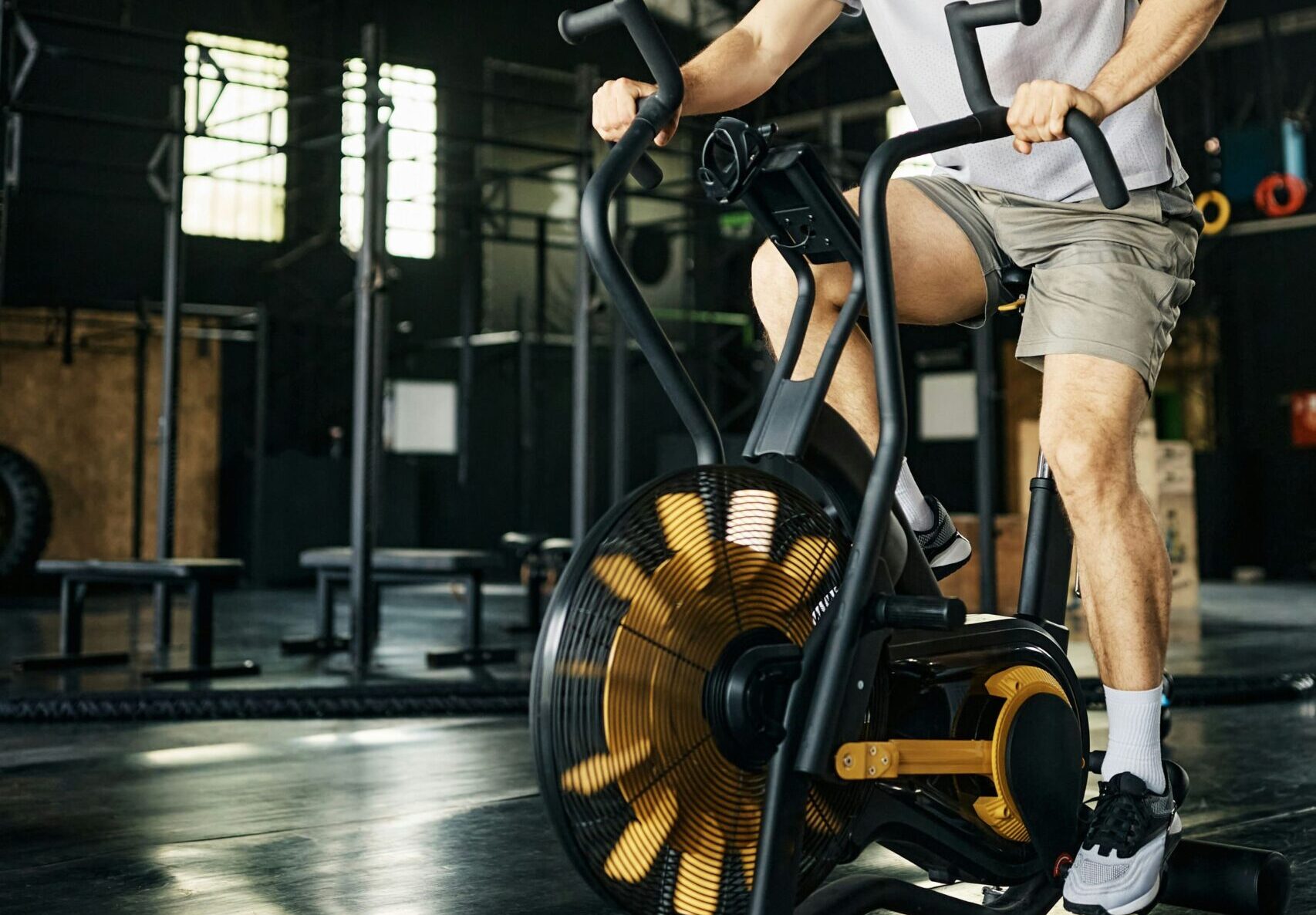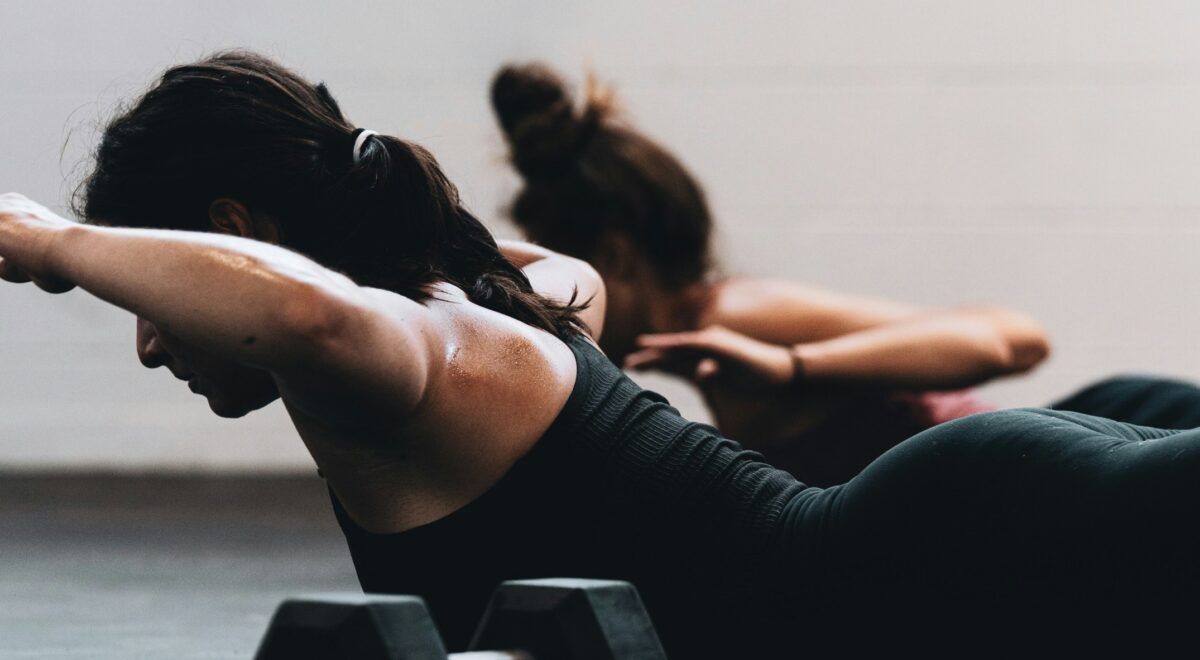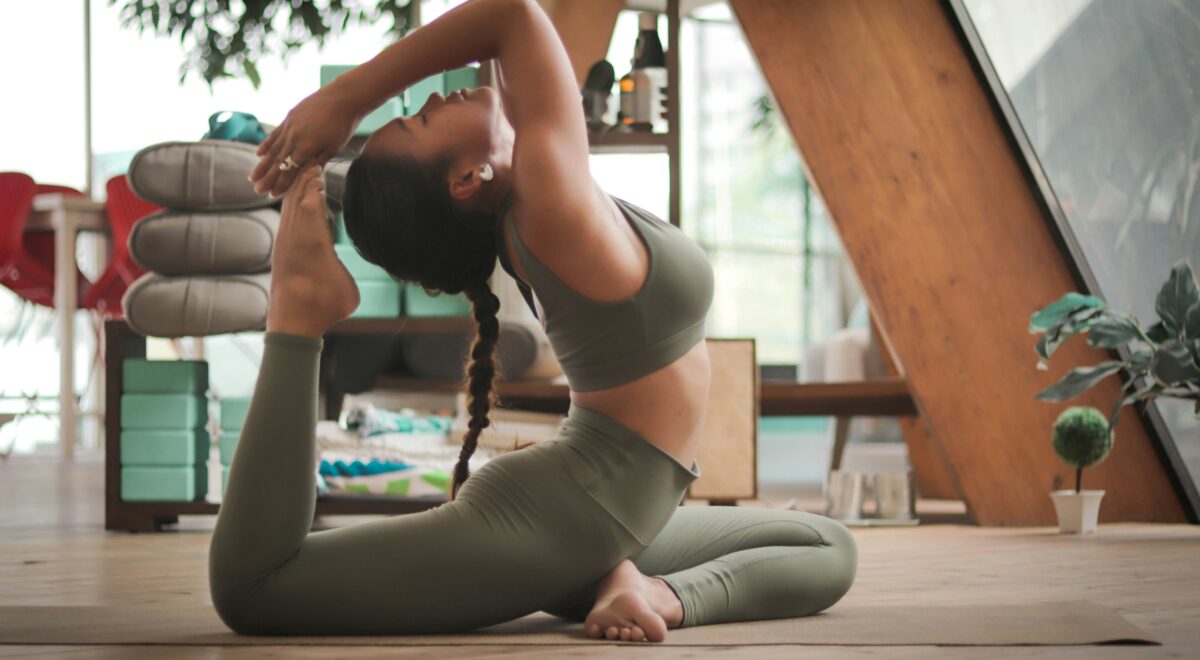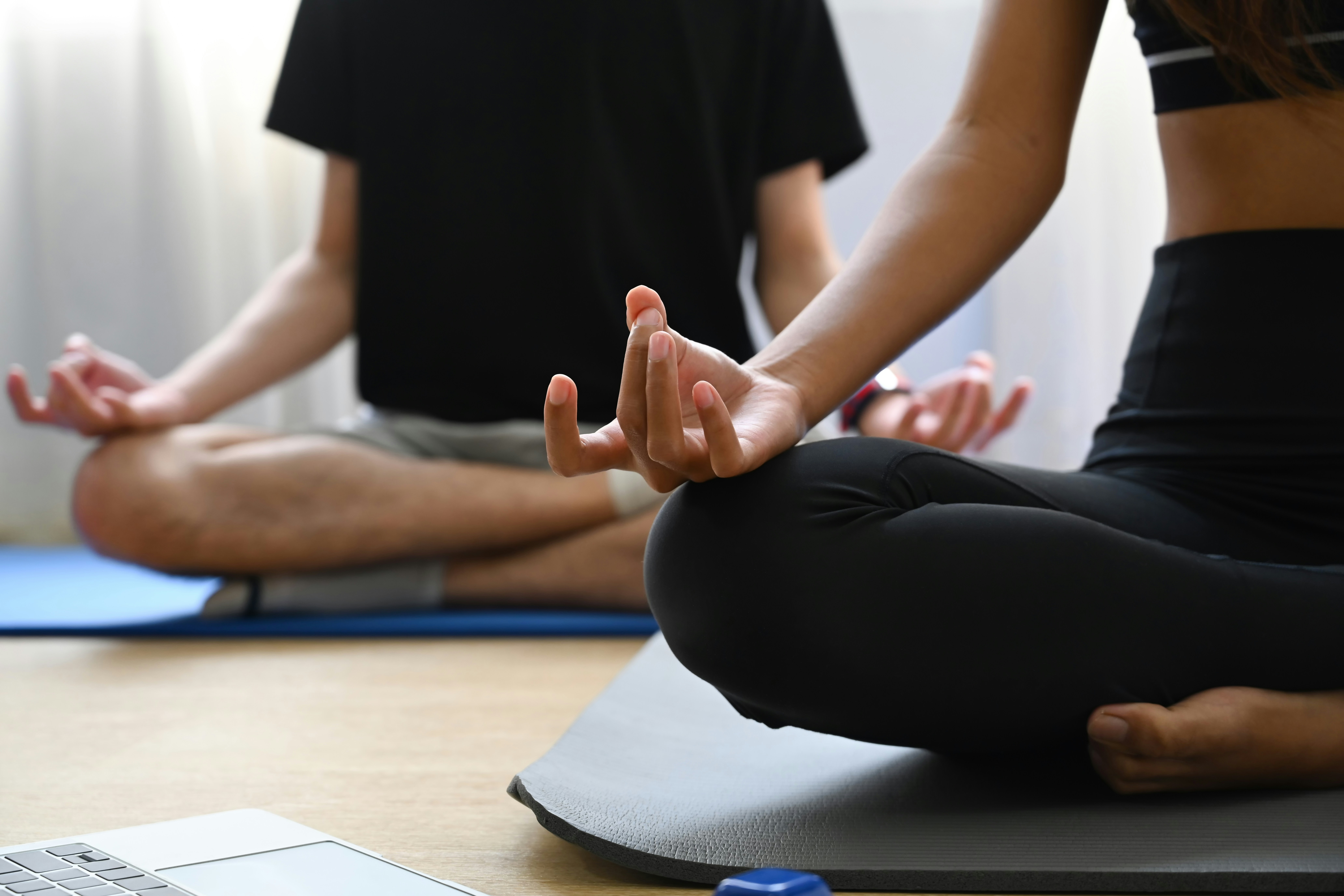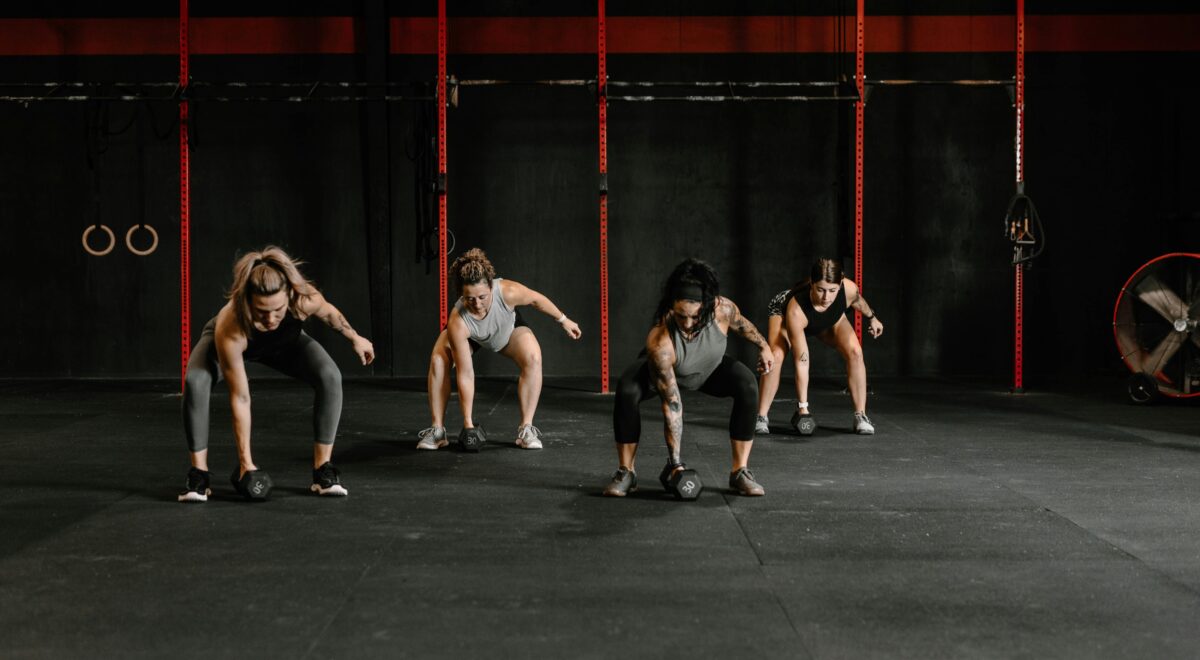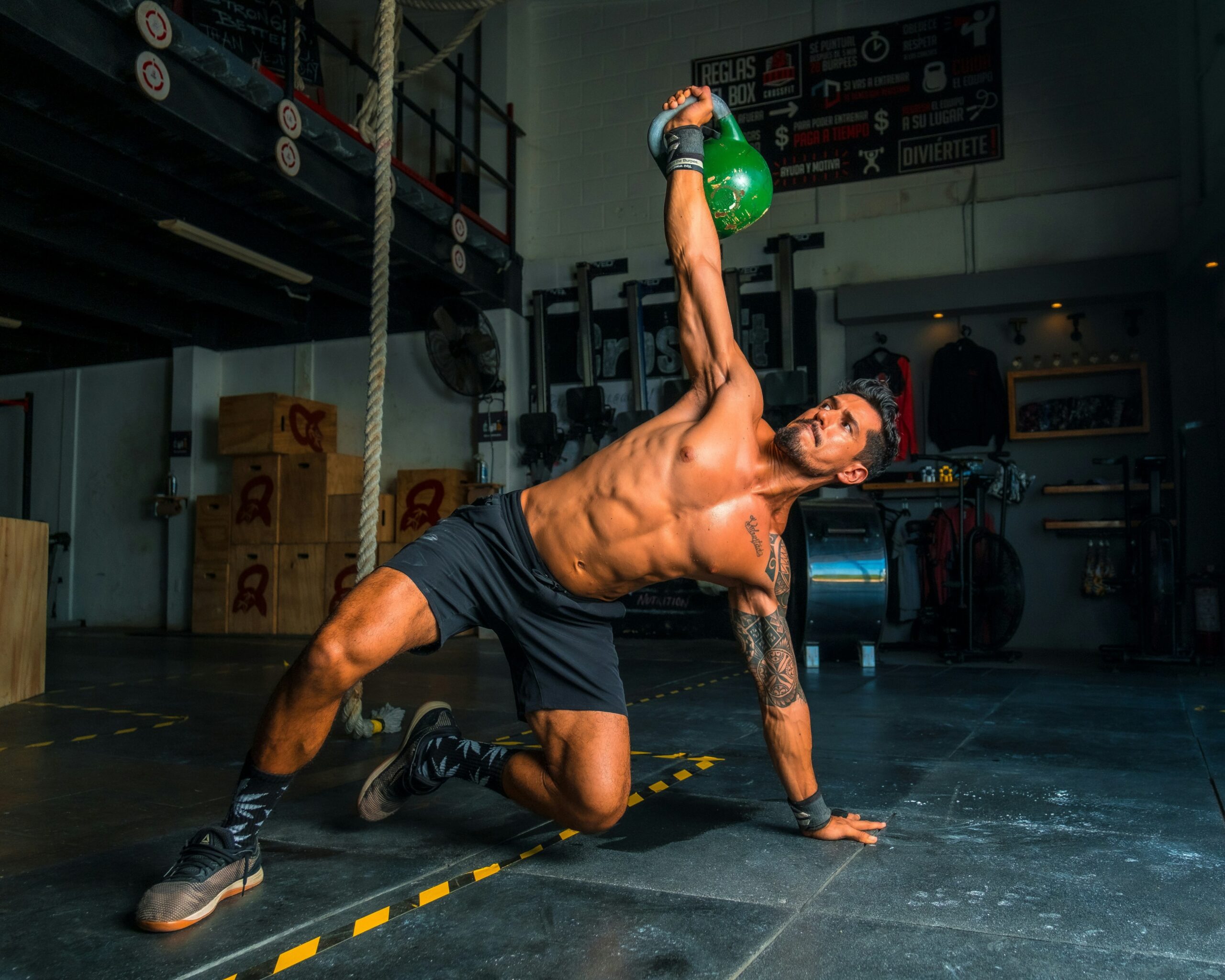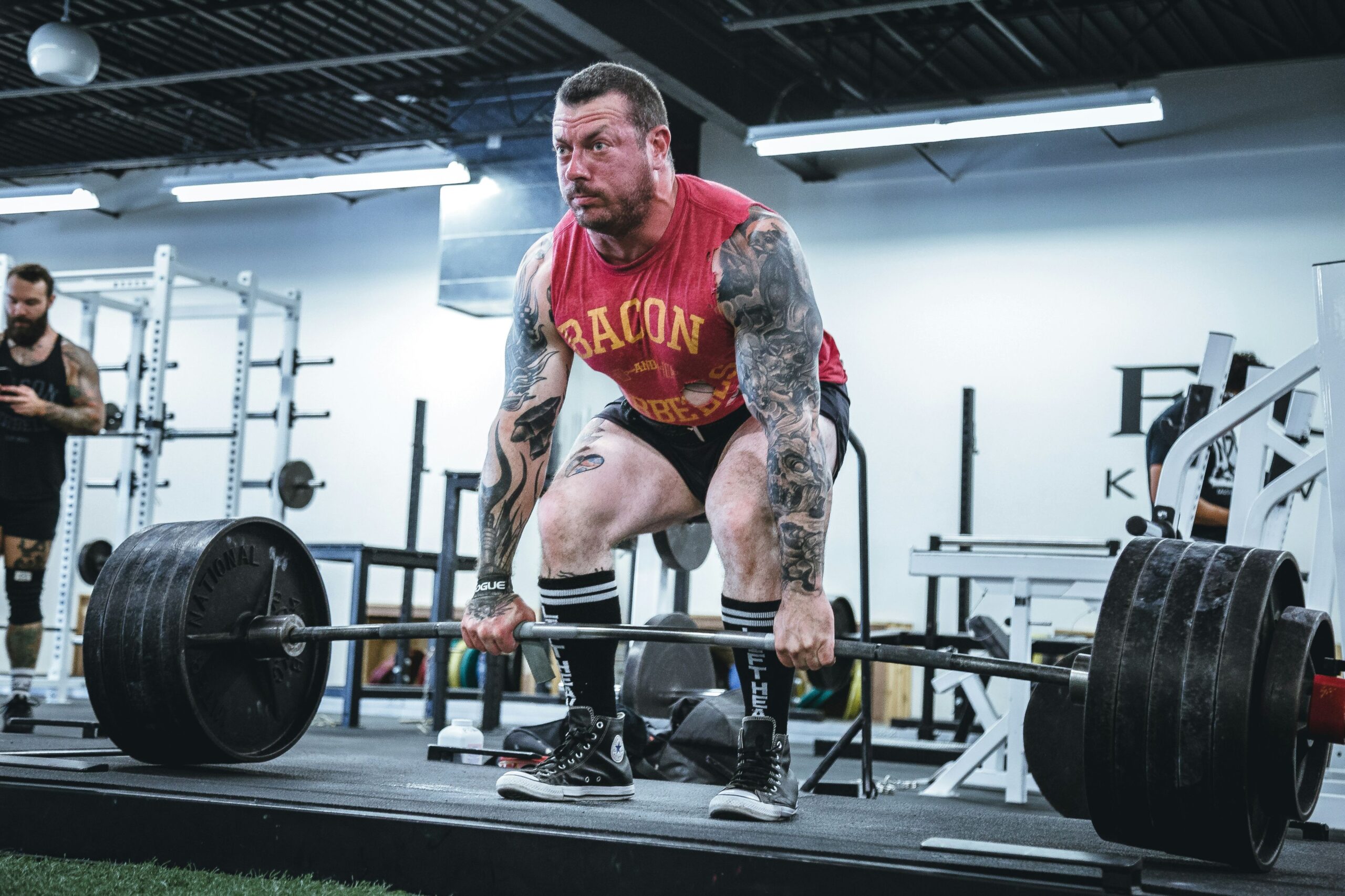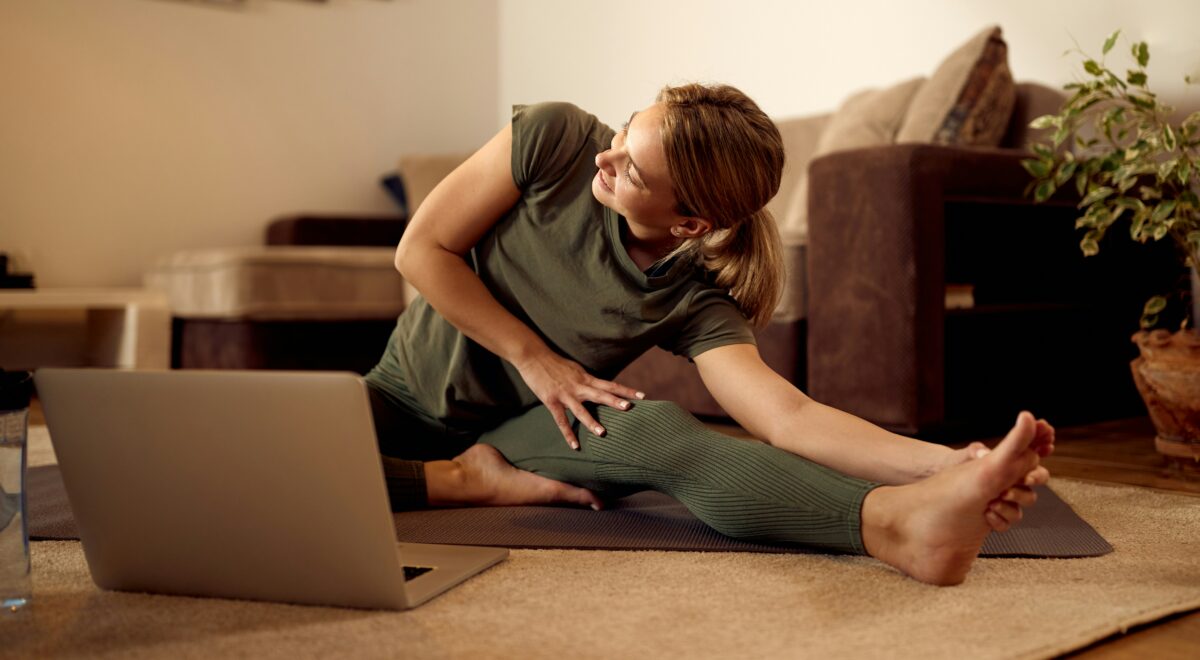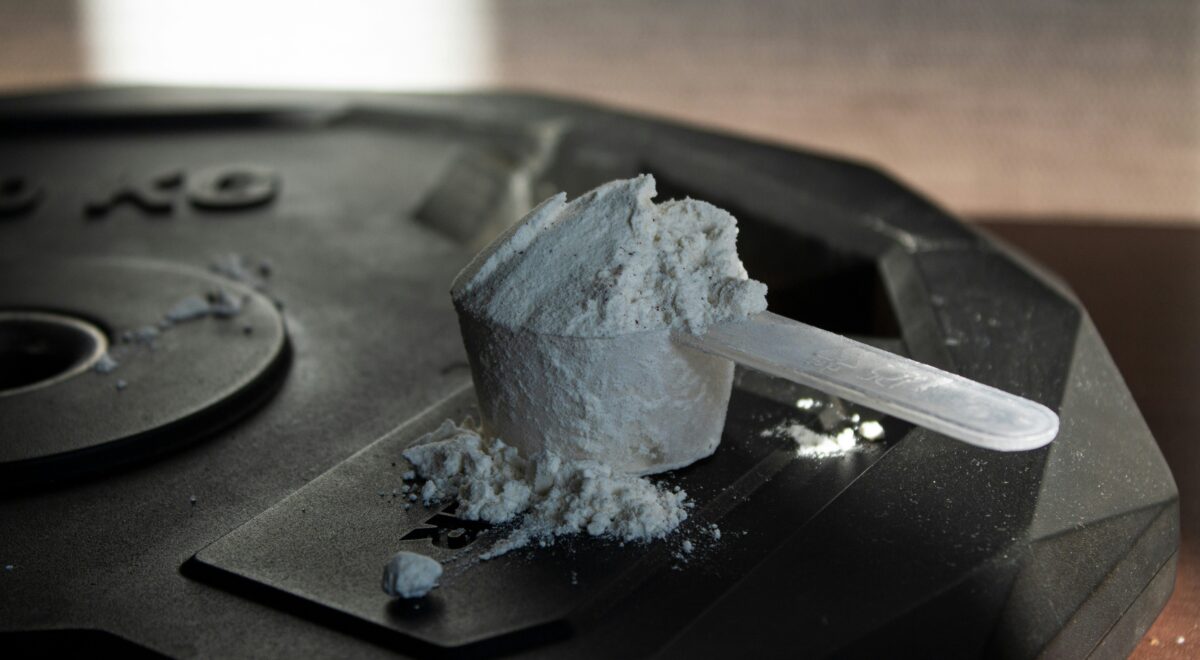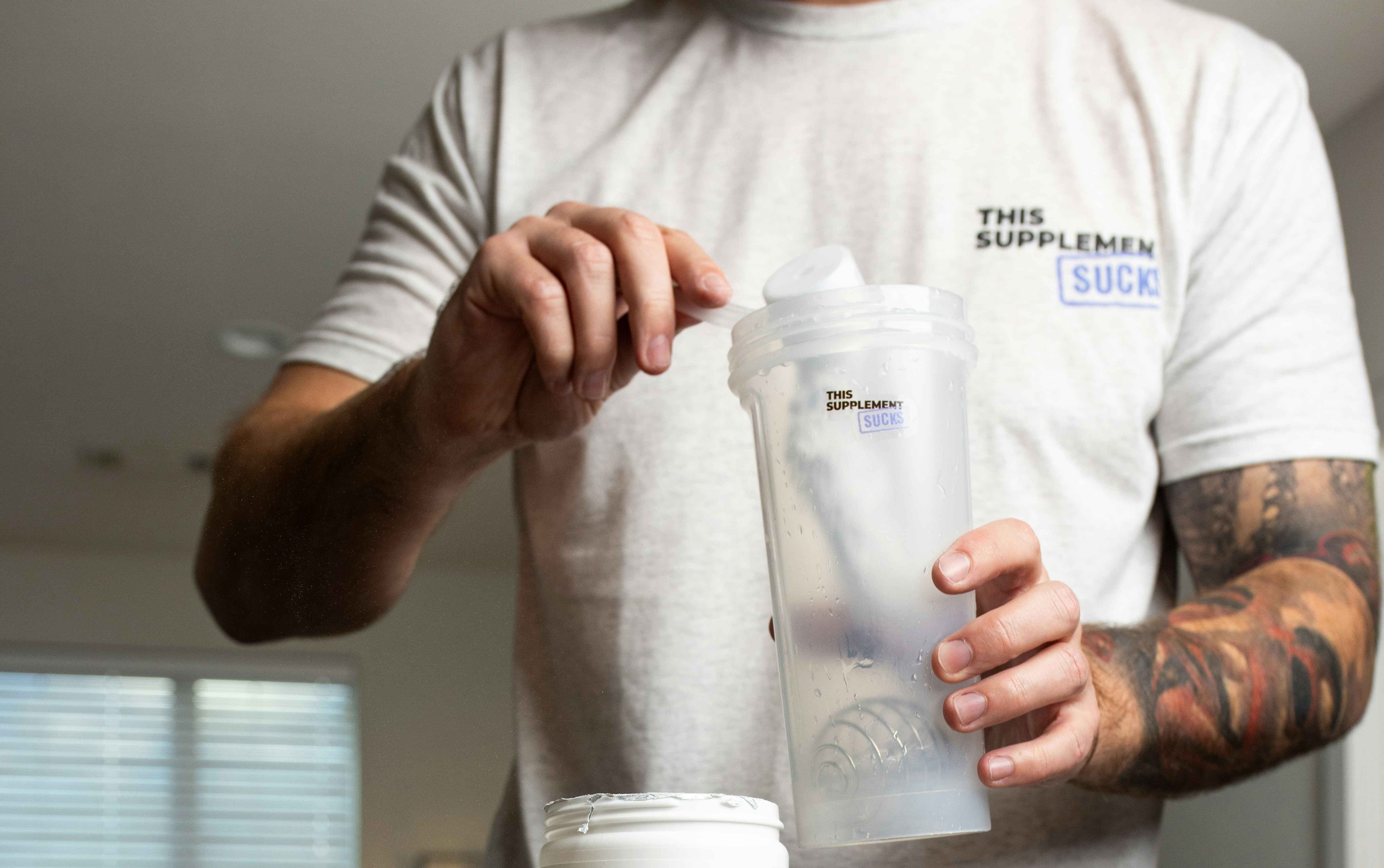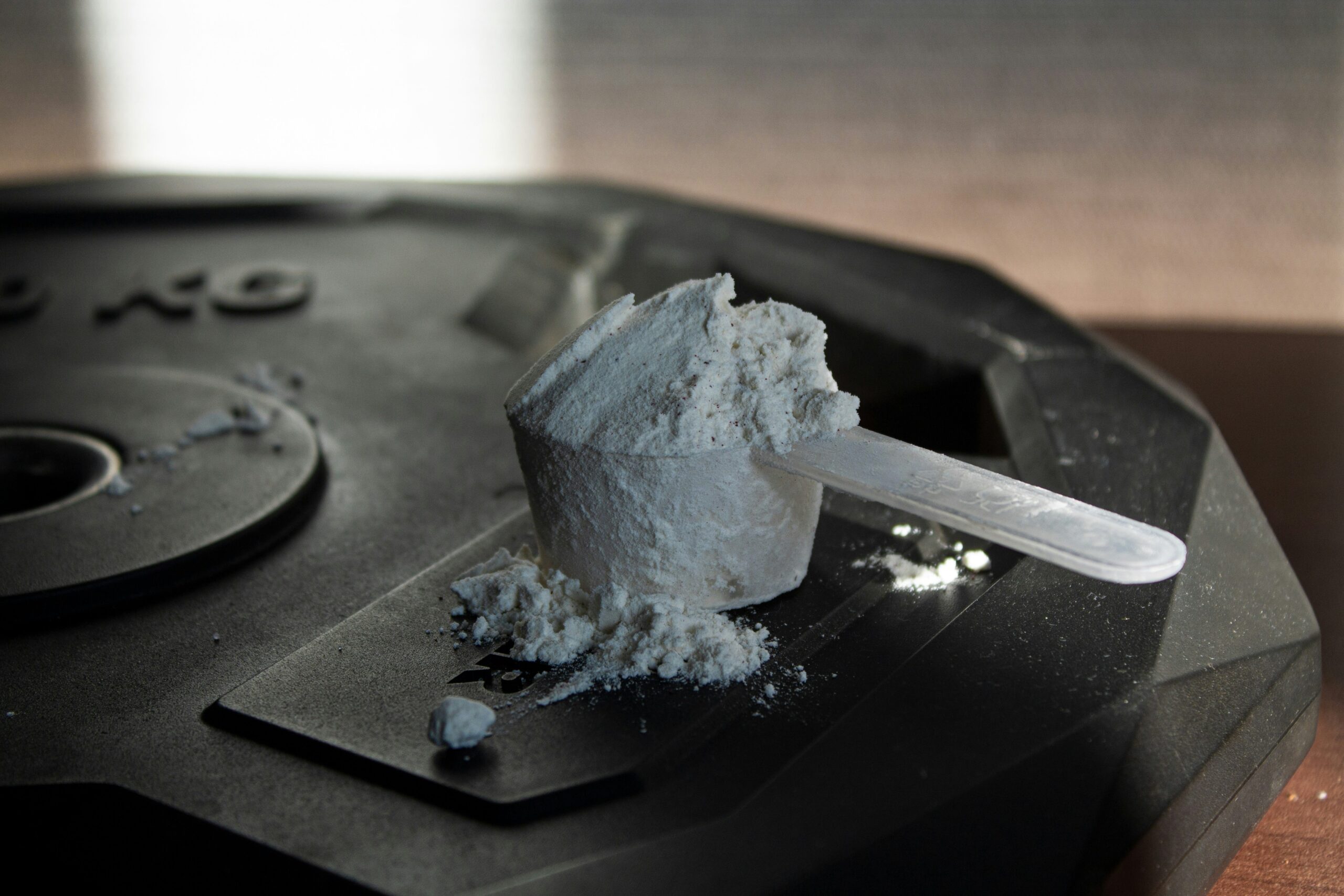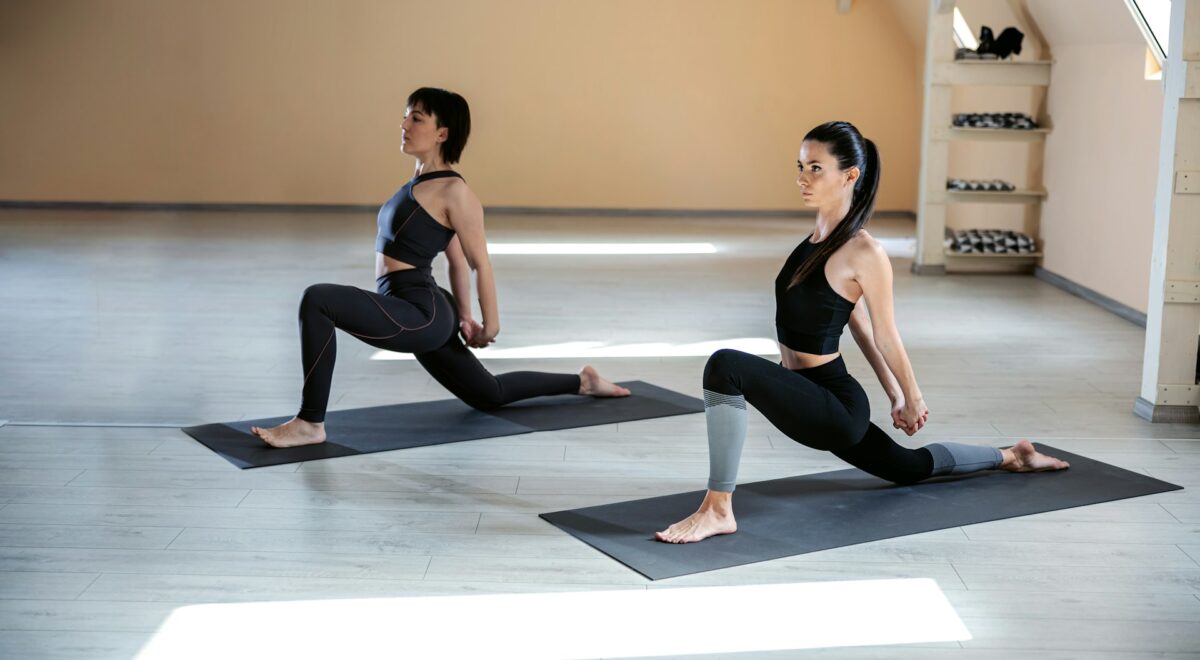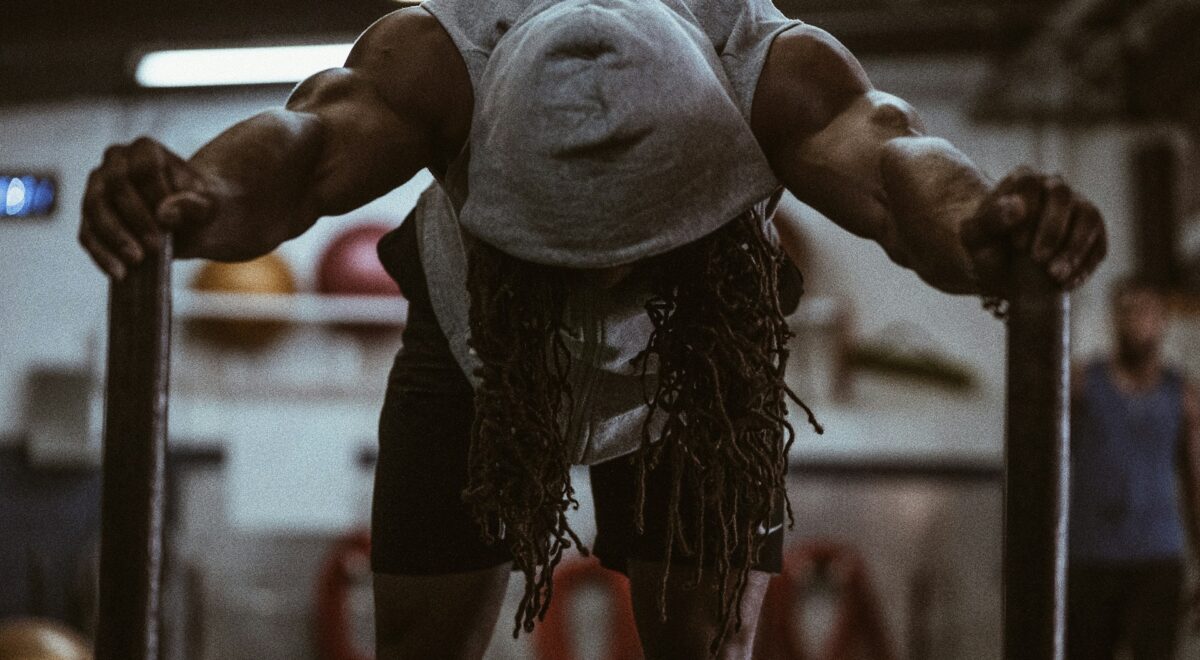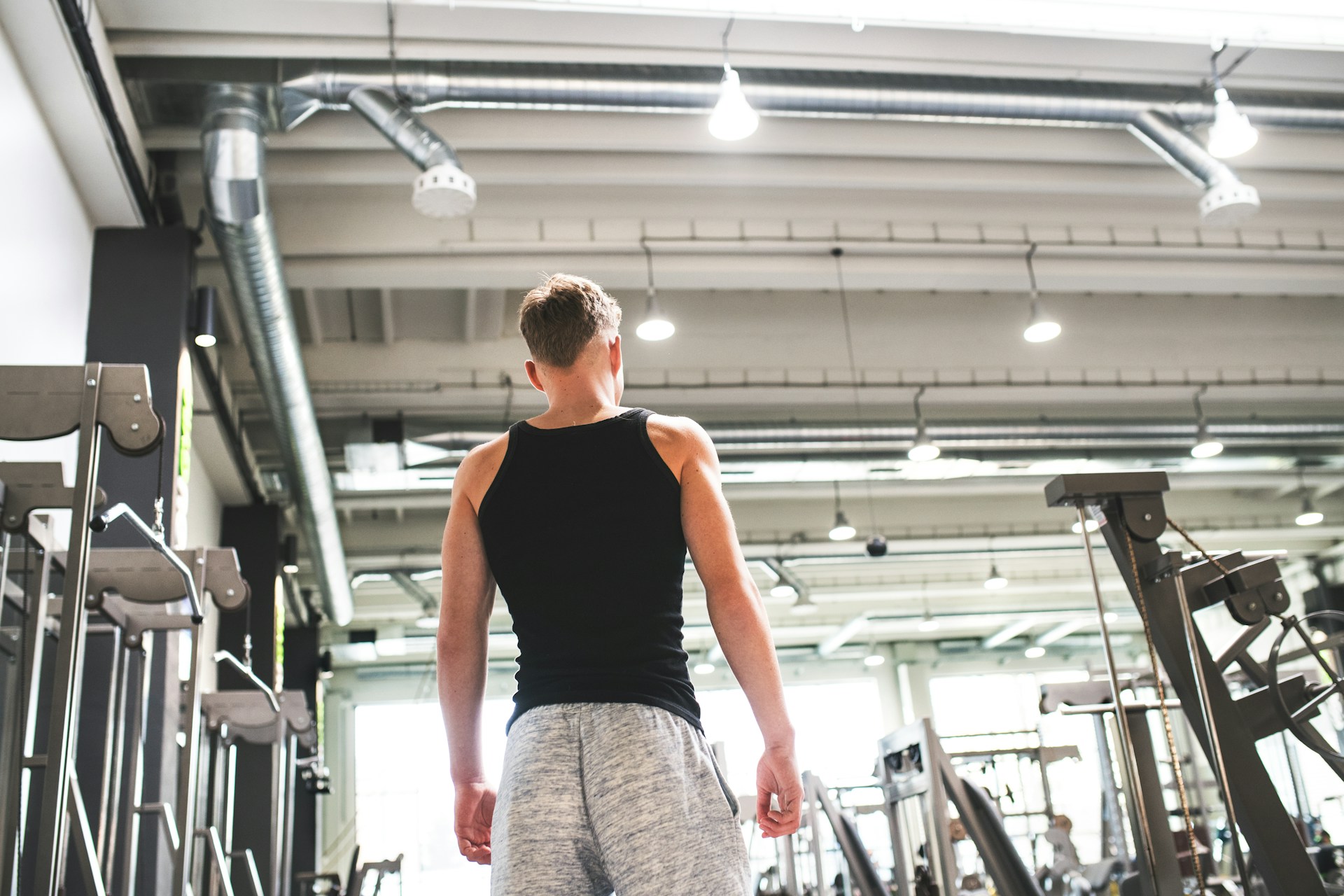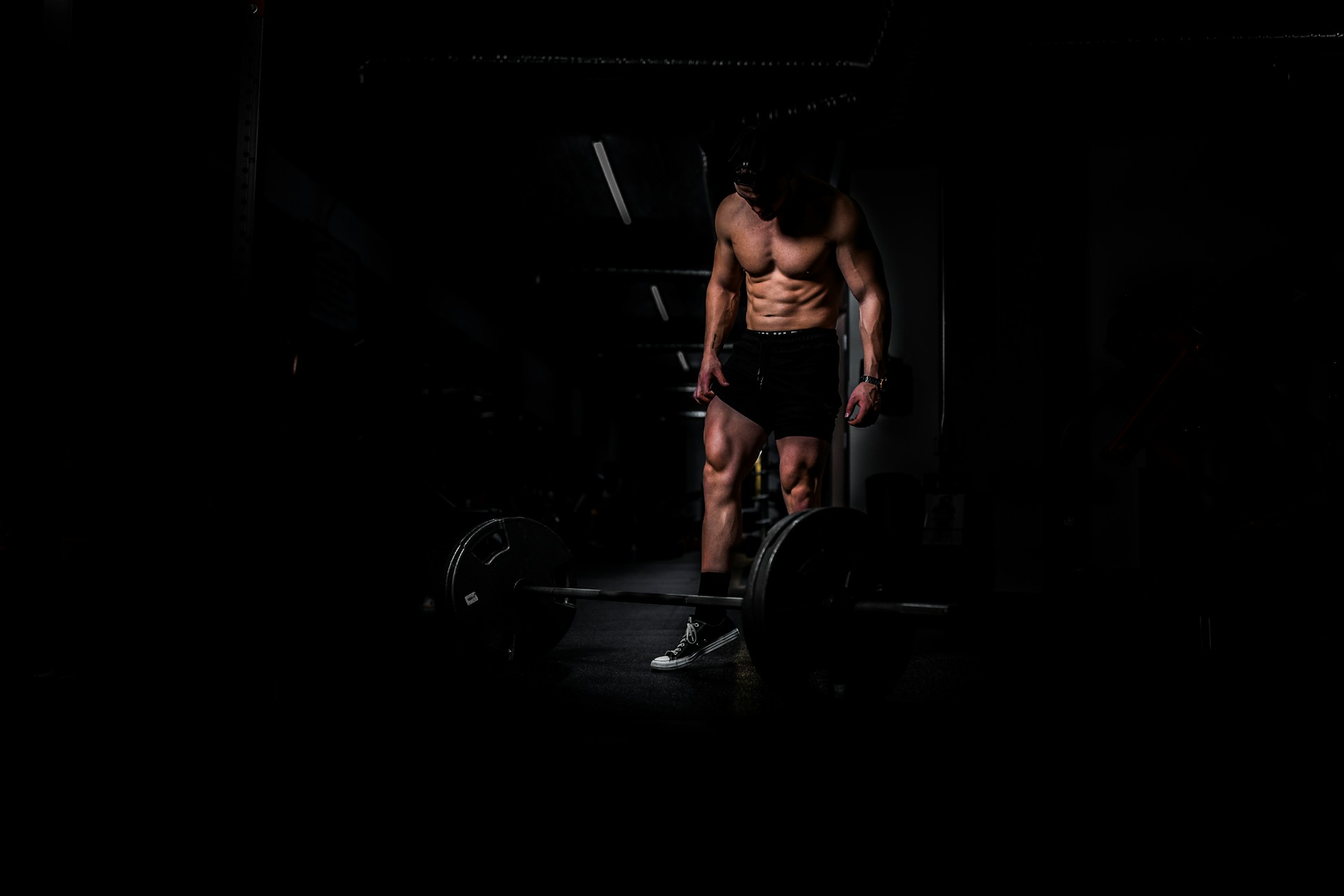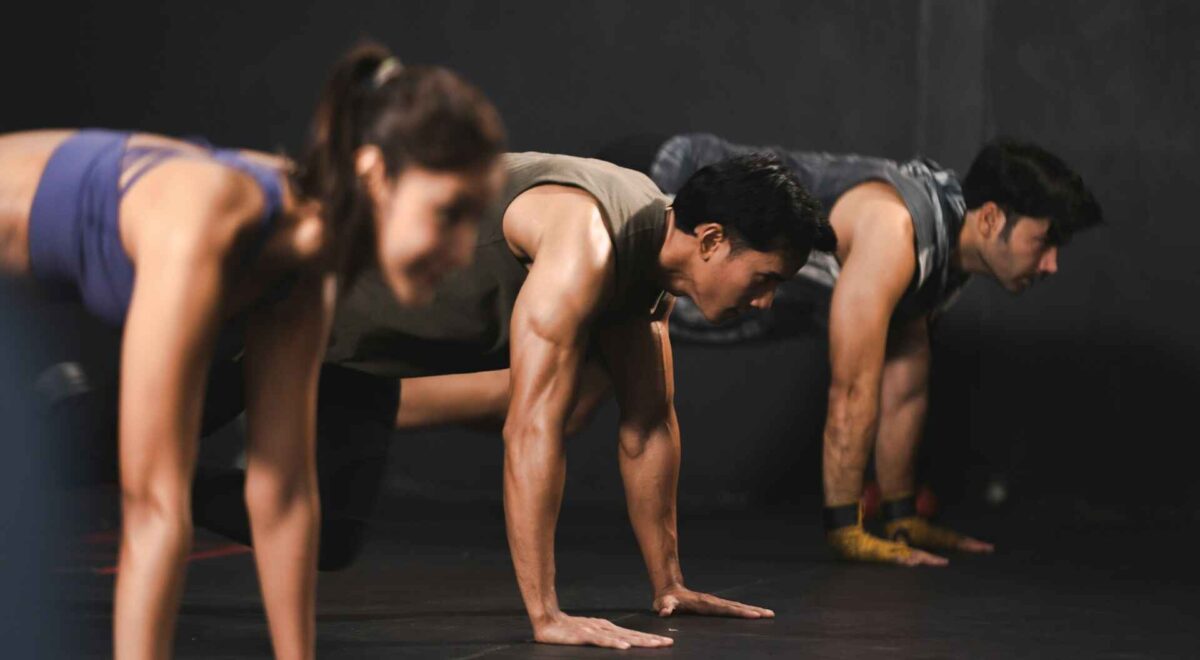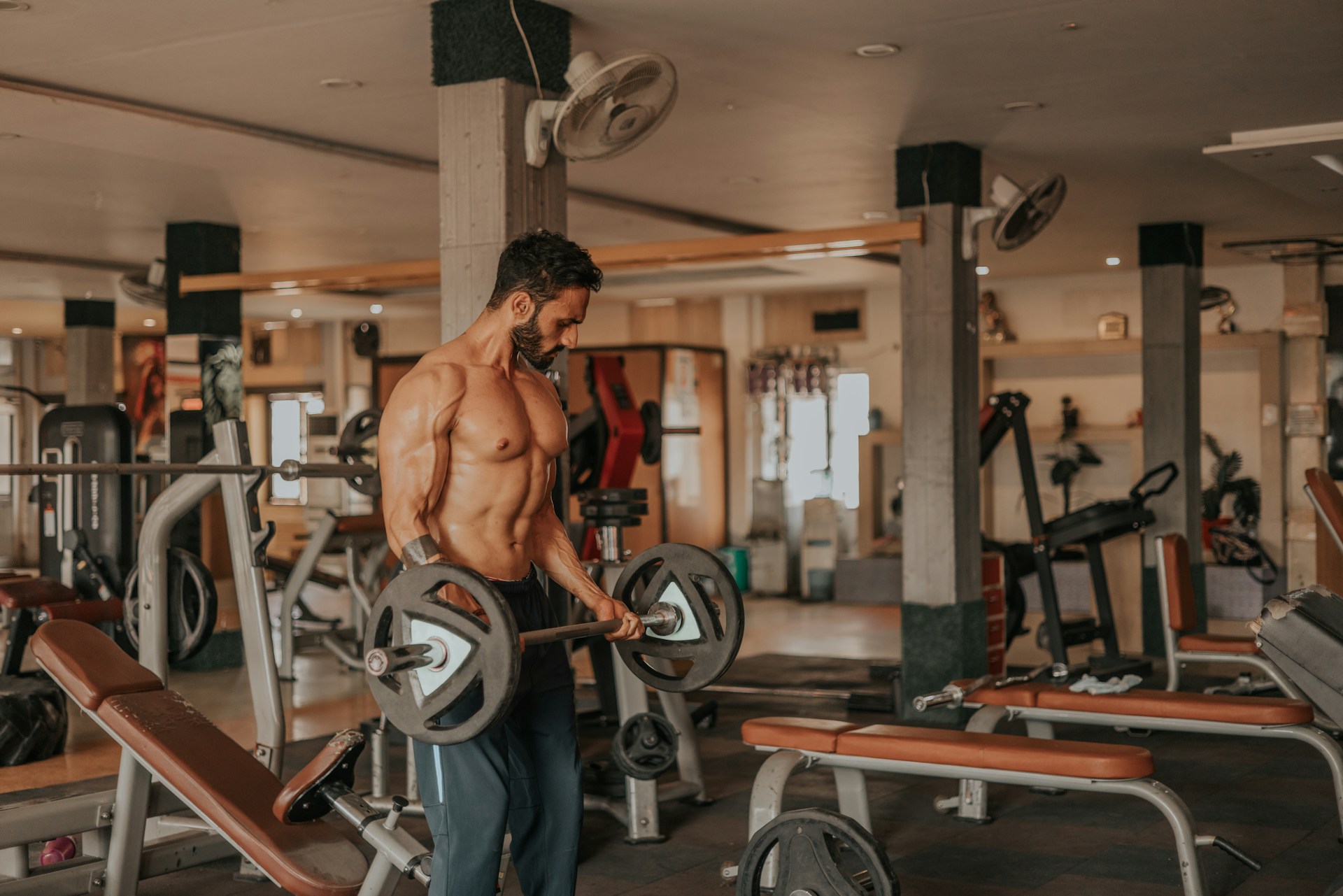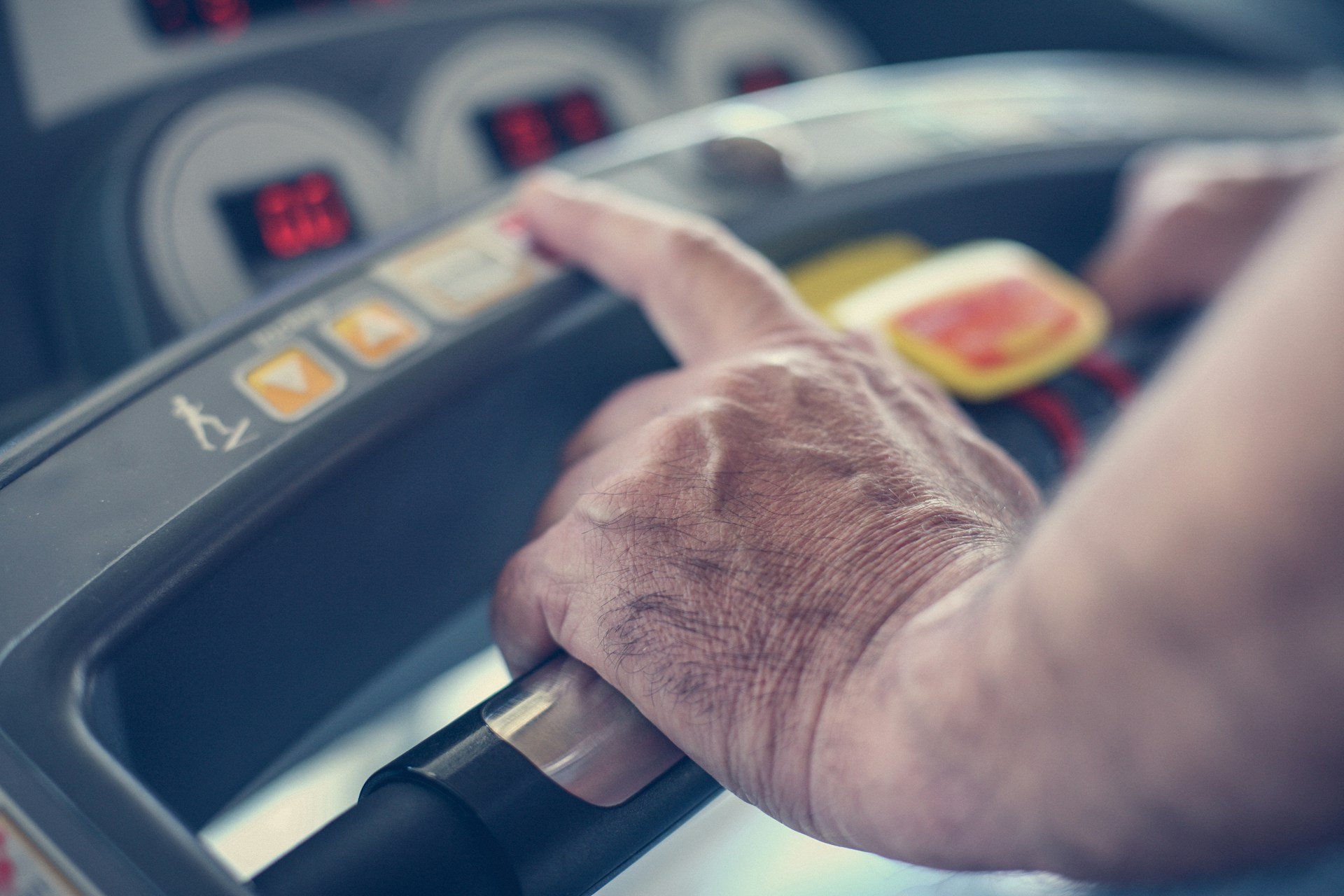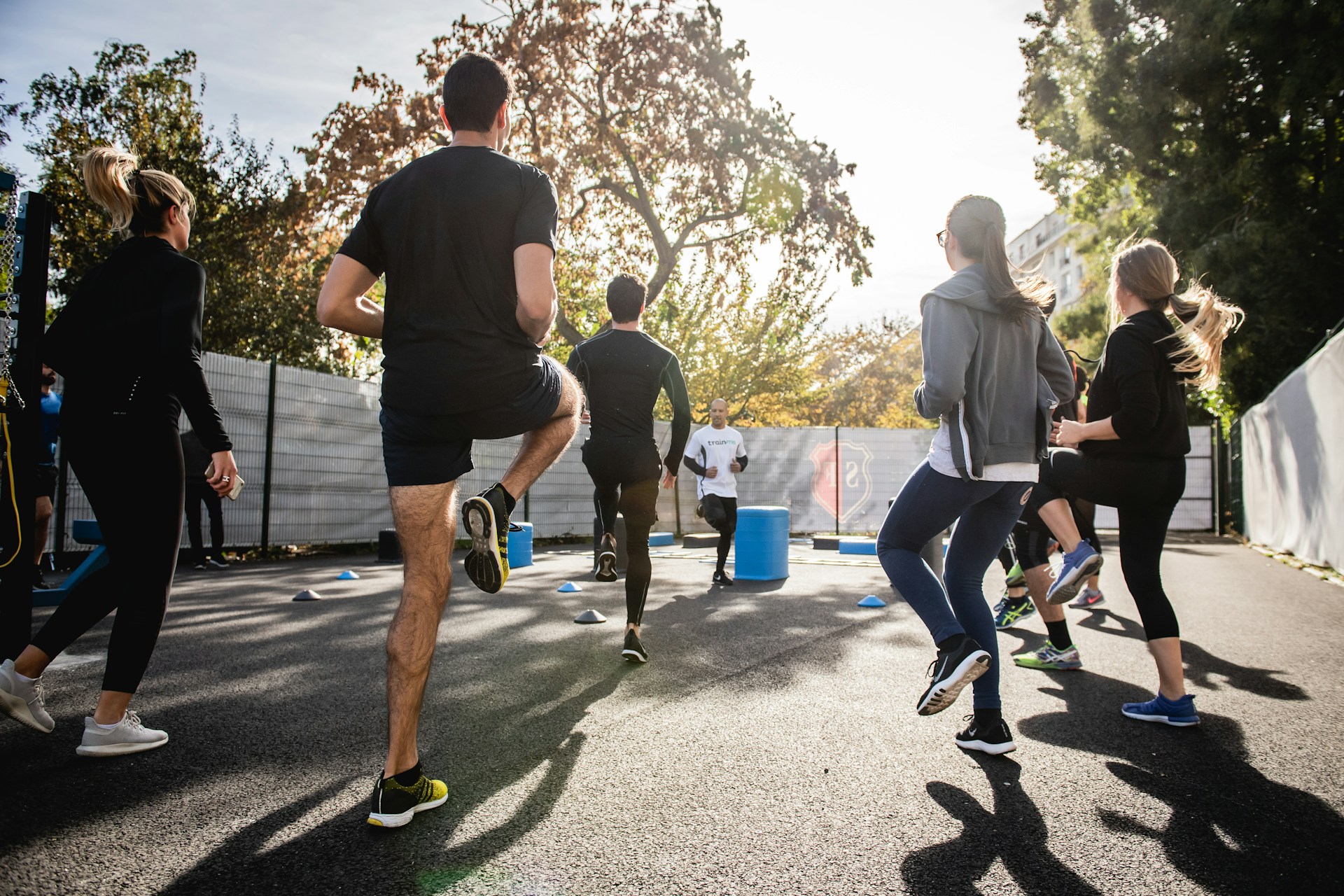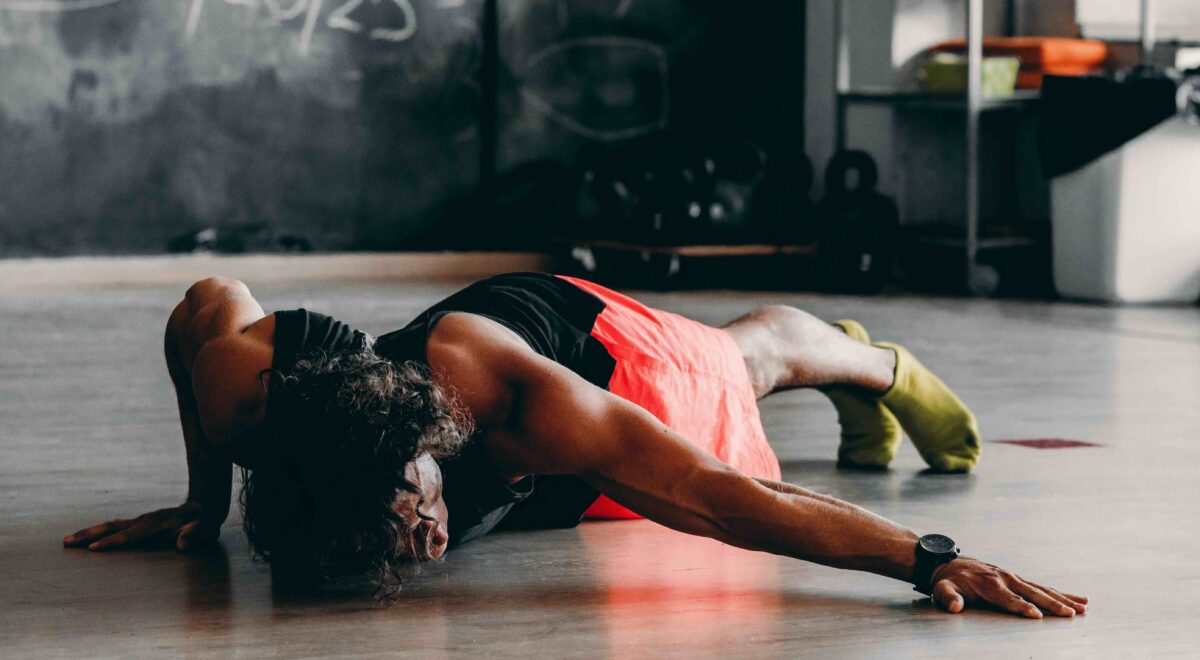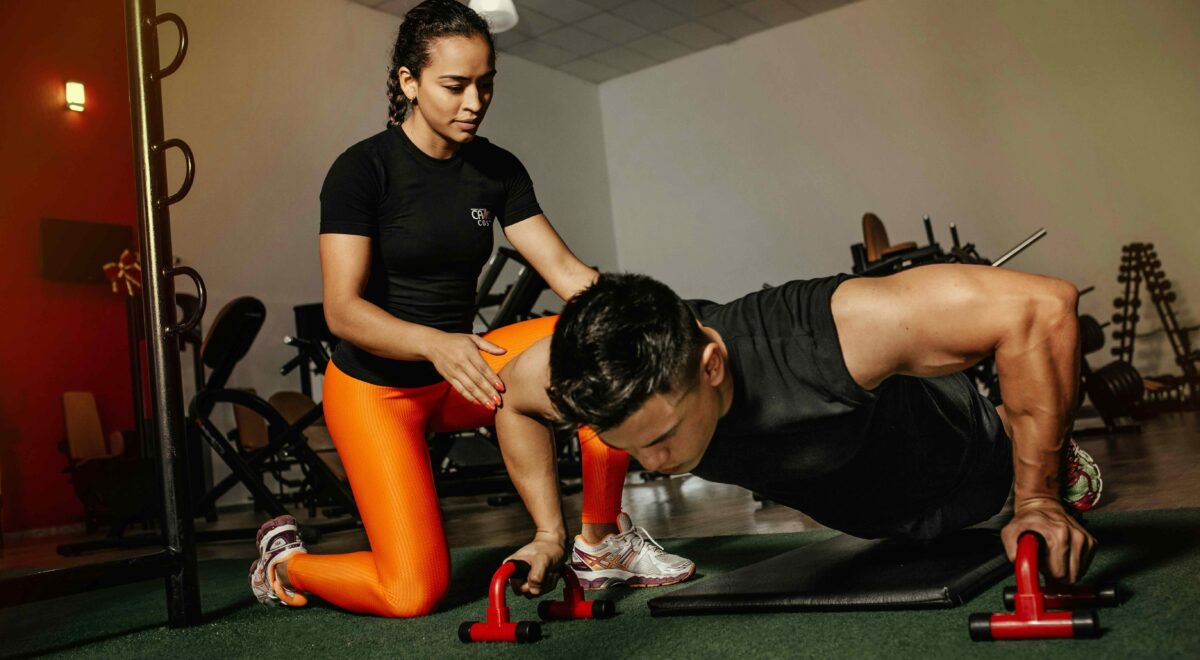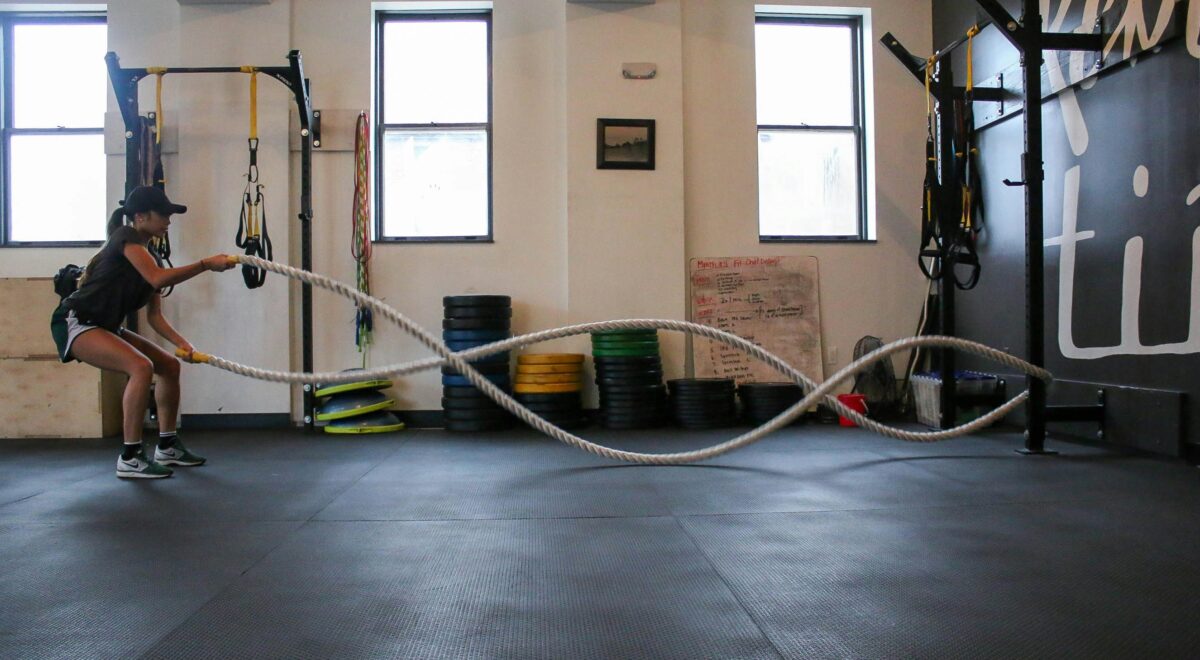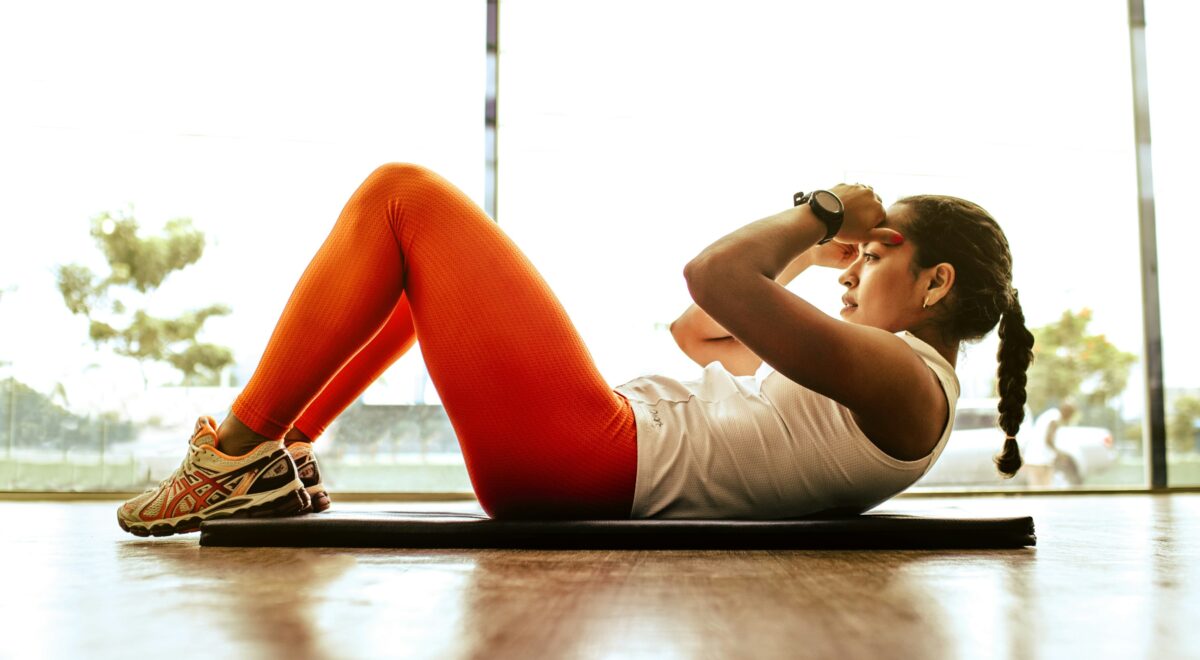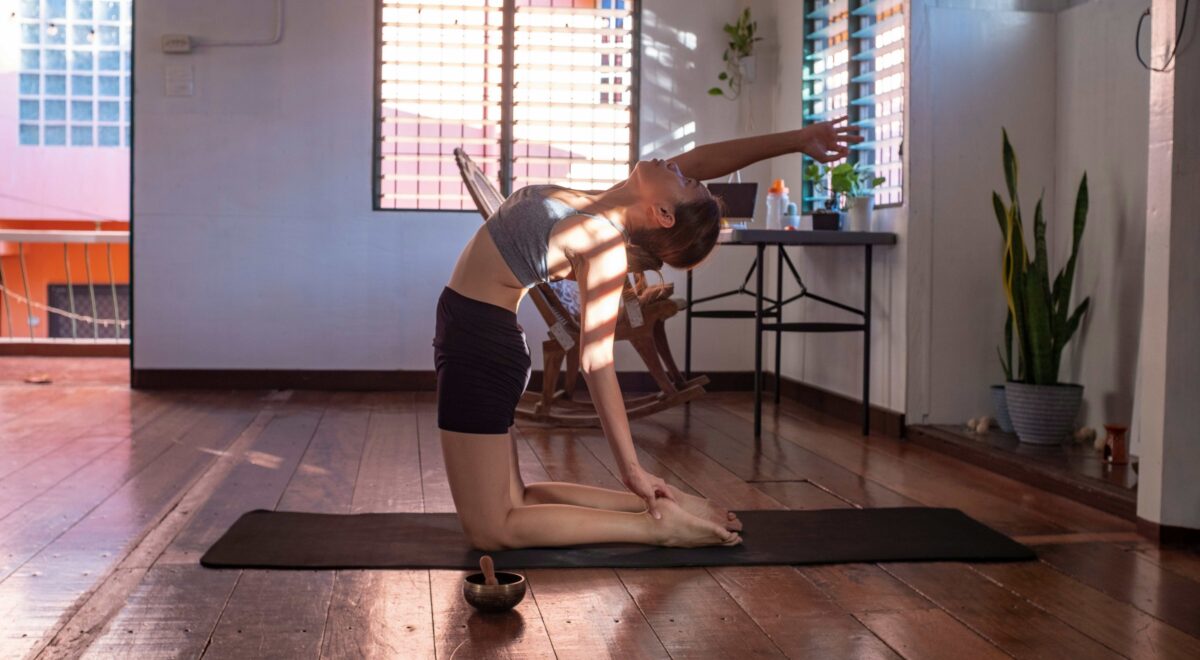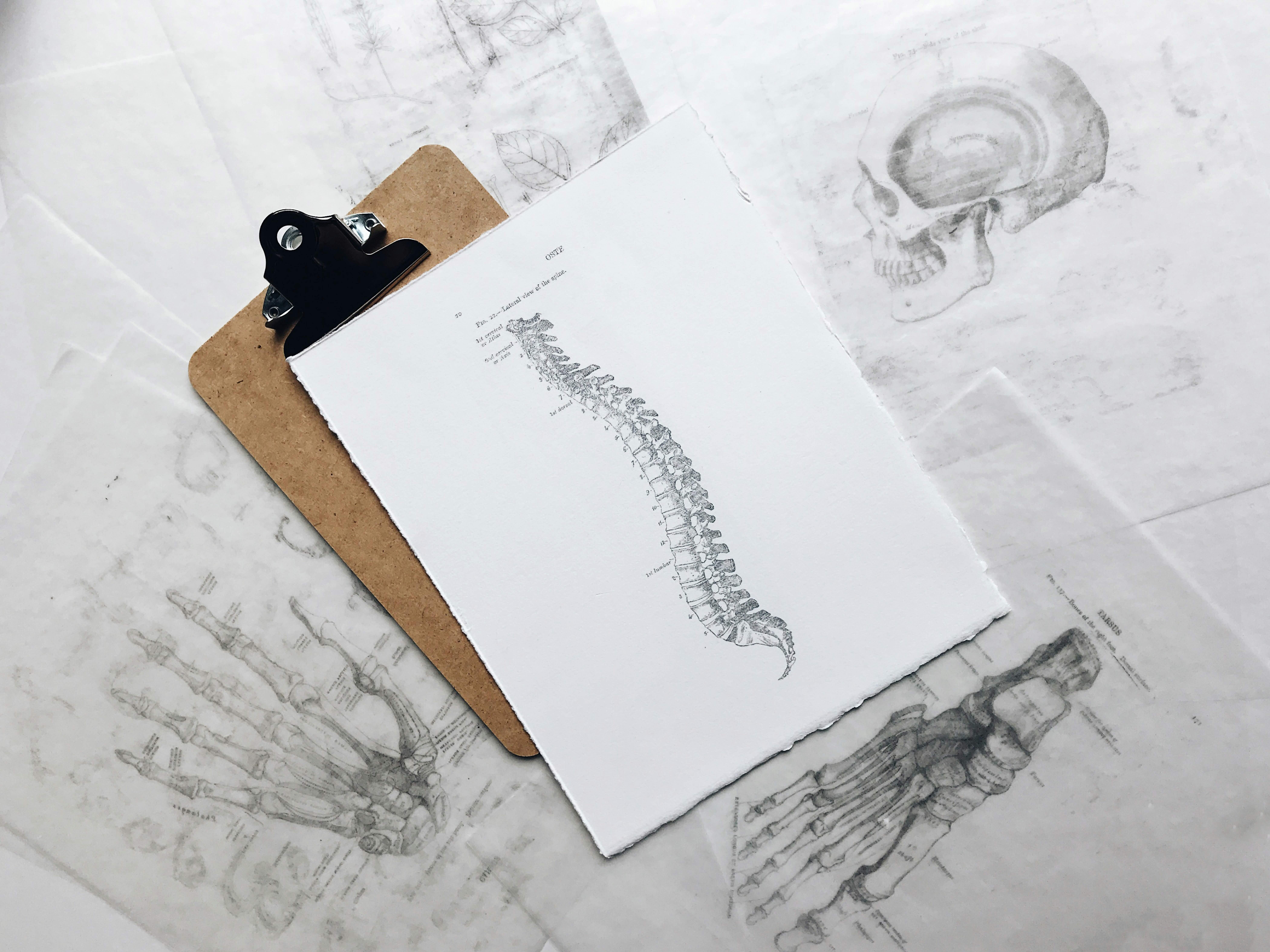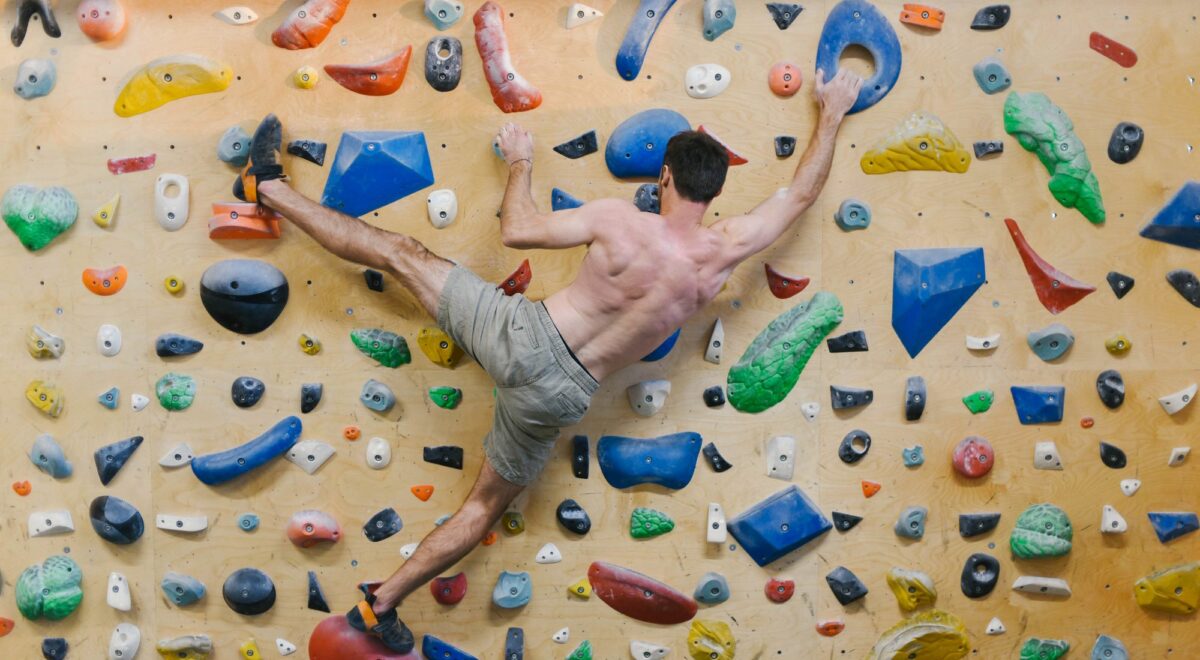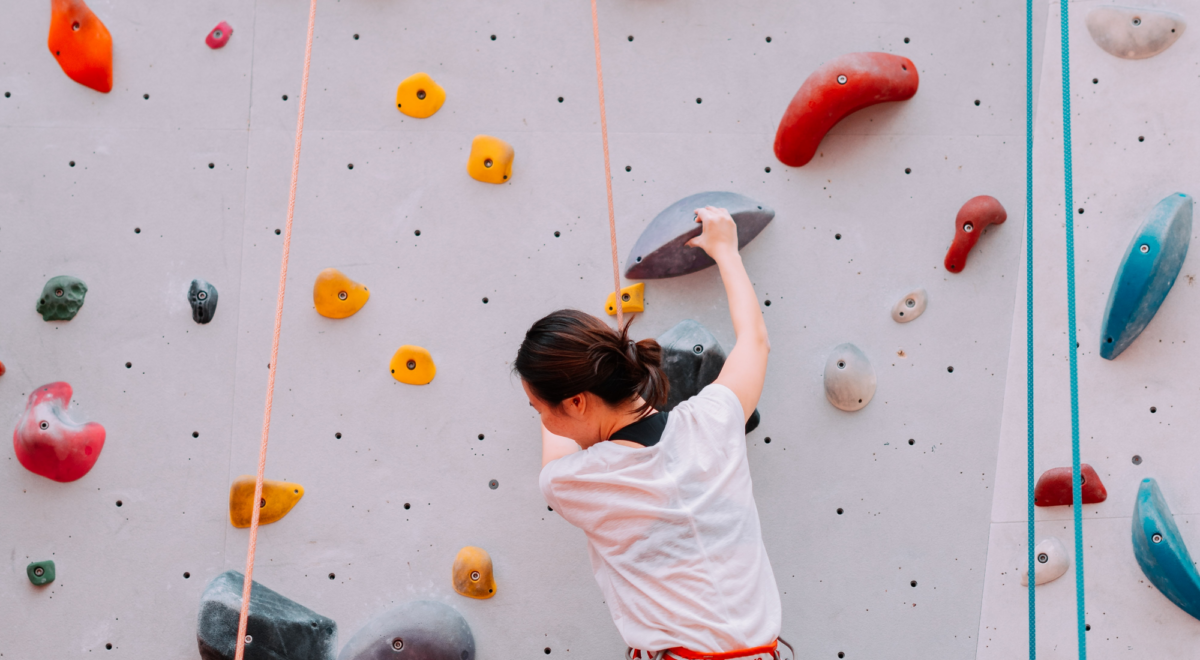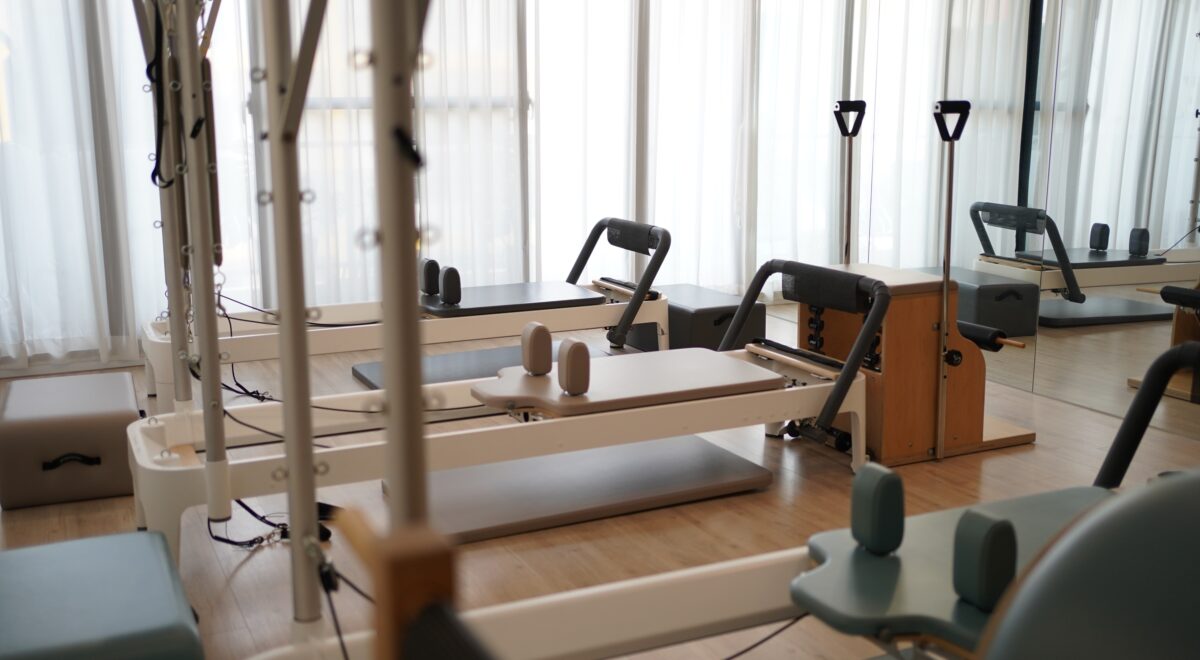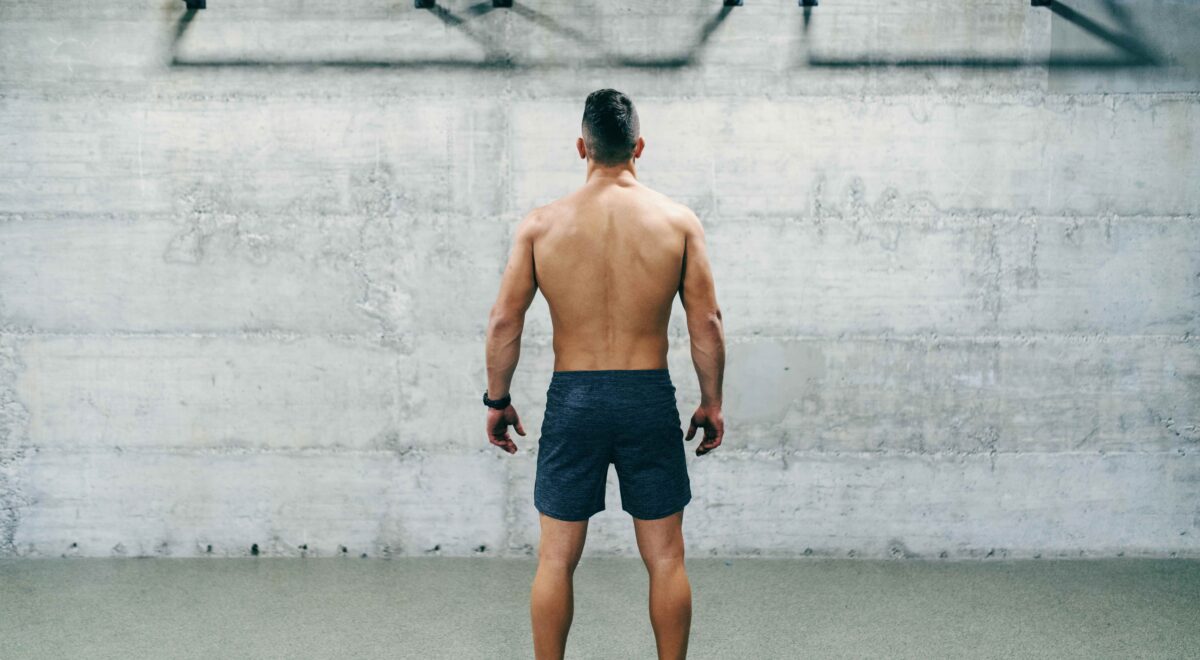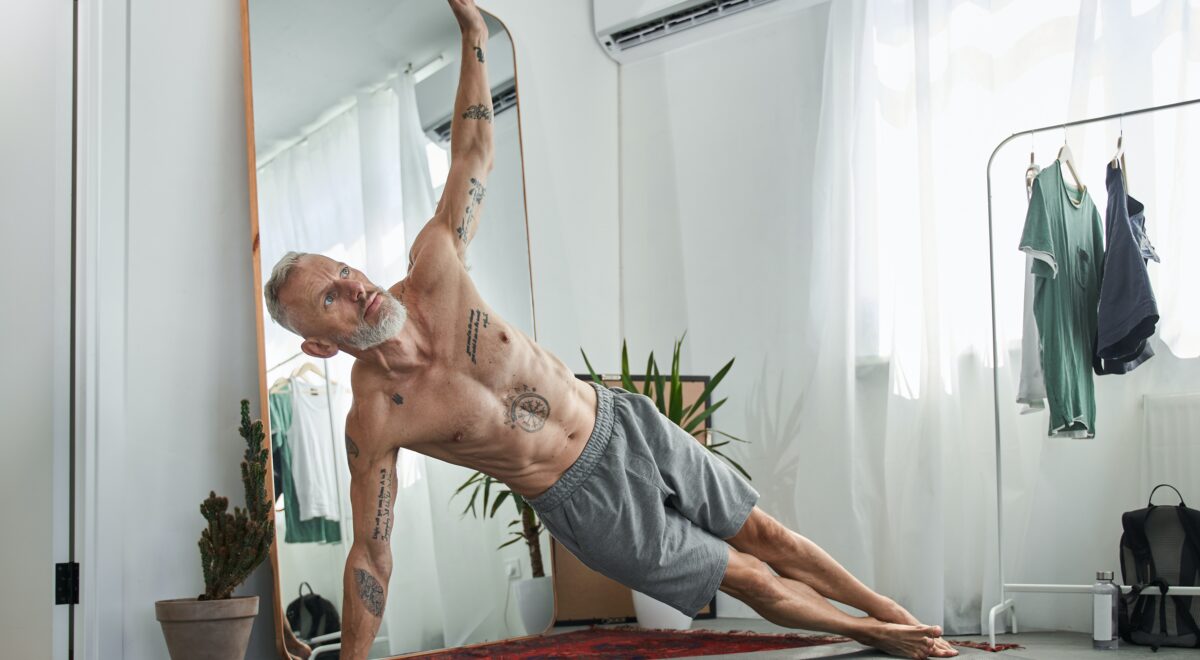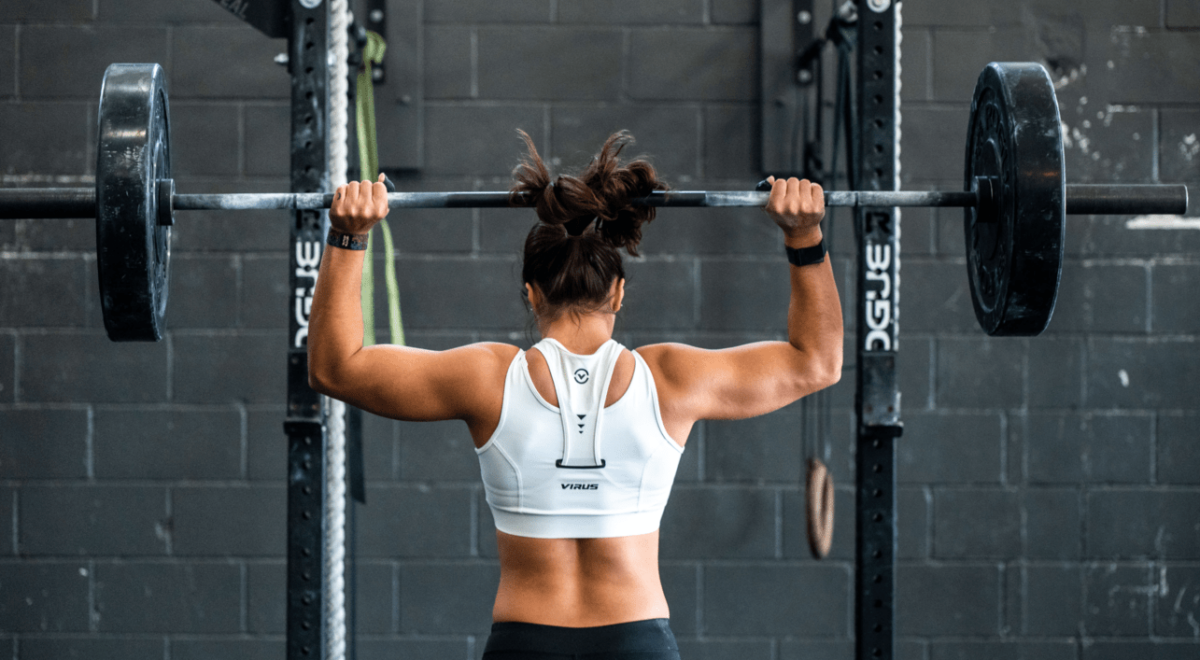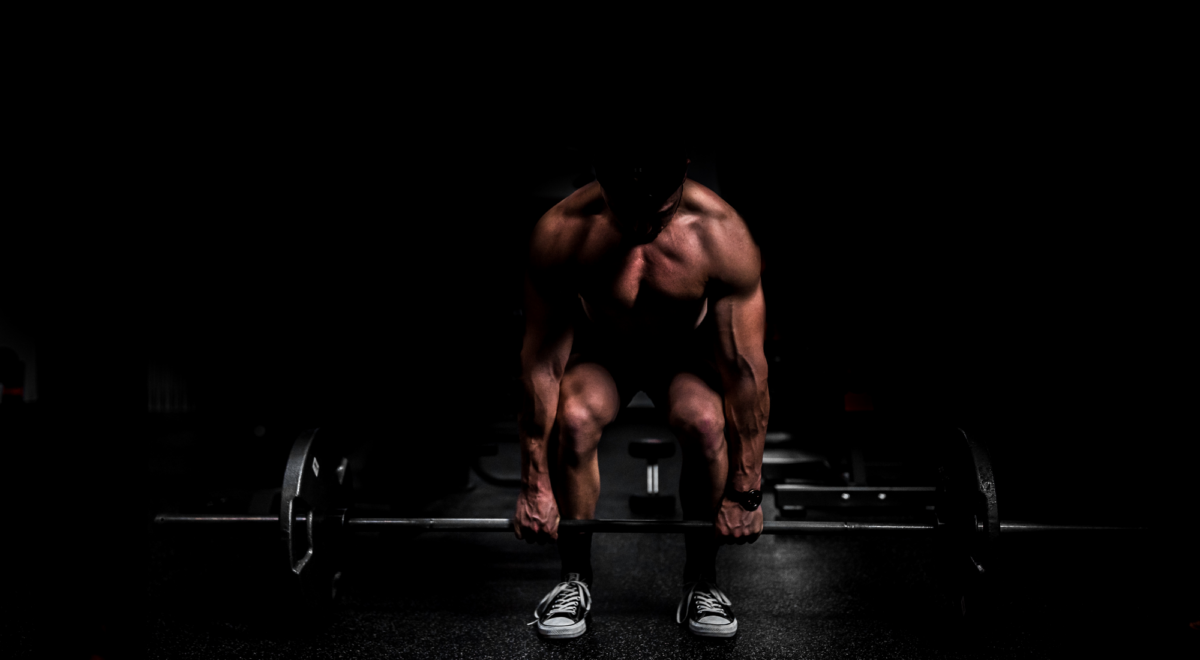Best Exercises for Muscle Hypertrophy – Expert Picks
 Muscle hypertrophy, or the increase in muscle size, is a goal for many fitness enthusiasts. Whether you’re aiming for aesthetics, strength, or both, optimizing your workouts with scientifically backed exercises is key. This guide breaks down the best exercises for muscle hypertrophy so you can maximize results in the gym.
Muscle hypertrophy, or the increase in muscle size, is a goal for many fitness enthusiasts. Whether you’re aiming for aesthetics, strength, or both, optimizing your workouts with scientifically backed exercises is key. This guide breaks down the best exercises for muscle hypertrophy so you can maximize results in the gym.
Why Focus on Hypertrophy-Specific Exercises?
Hypertrophy differs from pure strength training. While strength focuses on moving heavy weights with fewer reps, hypertrophy zones in on increasing muscle size through moderate weights and higher volume. Targeting hypertrophy means working in the sweet spot: 6–12 reps with sufficient intensity and good form. Recovery and progressive overload are critical, but the exercises you choose will make or break your gains.
The Science of Hypertrophy
When you lift weights, you create microtears in your muscle fibers. These fibers repair and grow larger during recovery, especially when supported by proper nutrition. But not all exercises are created equal. Multi-joint movements, or compound lifts, are the cornerstone of hypertrophy training because they activate more muscle groups and generate more tension.
Now, let’s dig into the best exercises for muscle hypertrophy.
1. Squats (Barbell Back or Front Squats)
Muscles Worked: Quads, hamstrings, glutes, core
Squats are the king of lower body hypertrophy. Whether you’re doing barbell back squats or front squats, the range of motion and tension makes them essential for growing your quads and glutes.
- Why It Works: Squats allow you to load the muscle heavily while moving through a deep range of motion, which is ideal for hypertrophy.
- Pro Tip: To emphasize quad growth, elevate your heels using plates or wear lifting shoes.
2. Bench Press (Barbell or Dumbbell)
Muscles Worked: Chest, shoulders, triceps
If a bigger chest is your goal, the bench press should be at the center of your routine. It’s a compound movement that activates the pecs and supporting muscles effectively.
- Why It Works: The pressing motion provides excellent mechanical tension on your chest muscles.
- Pro Tip: Use a slight incline to target the upper chest for more balanced growth.
3. Deadlifts (Romanian or Conventional)
Muscles Worked: Hamstrings, glutes, lower back, traps
Deadlifts are a hypertrophy powerhouse for posterior chain development. Romanian deadlifts (RDLs), in particular, are excellent for stretching and engaging the hamstrings and glutes.
- Why It Works: Deadlifts stimulate multiple large muscle groups while improving grip strength.
- Pro Tip: Use straps if grip becomes a limiting factor, and control the eccentric (lowering) phase to increase time under tension.
4. Pull-Ups or Lat Pulldowns
Muscles Worked: Lats, biceps, rear delts
Pull-ups are your go-to for building a wide back. If bodyweight pull-ups are too challenging, lat pulldowns are a great alternative.
- Why It Works: These exercises directly target the lats, a crucial muscle for the coveted “V-taper” physique.
- Pro Tip: Use a full range of motion—stretch at the bottom and squeeze your lats at the top.
5. Overhead Press (Barbell or Dumbbell)
Muscles Worked: Shoulders, triceps, core
For rounder, bigger shoulders, the overhead press is non-negotiable. The standing version also engages your core for added stability.
- Why It Works: It isolates the deltoids while also activating secondary muscles like the triceps.
- Pro Tip: Switch between barbell and dumbbells to vary the stimulus and avoid plateaus.
6. Leg Press
Muscles Worked: Quads, glutes, hamstrings
The leg press is a machine-based exercise that allows you to focus entirely on your legs without worrying about balancing the weight.
- Why It Works: You can use heavy loads safely, making it ideal for hypertrophy.
- Pro Tip: Adjust foot placement to target different areas of your legs—higher for glutes, lower for quads.
7. Barbell Rows
Muscles Worked: Lats, traps, rhomboids, rear delts
For a thicker, stronger back, barbell rows are indispensable. They emphasize the upper and mid-back, making them a staple in hypertrophy programs.
- Why It Works: The rowing motion creates intense tension across the back muscles.
- Pro Tip: Keep your torso slightly bent and avoid jerking the weight for maximum muscle activation.
8. Incline Dumbbell Press
Muscles Worked: Upper chest, shoulders, triceps
An incline dumbbell press hones in on the upper chest and provides a greater range of motion compared to a barbell.
- Why It Works: It targets the upper pecs, a commonly underdeveloped area for many lifters.
- Pro Tip: Use a moderate incline (30–45 degrees) to avoid shifting tension to the shoulders.
9. Cable Lateral Raises
Muscles Worked: Side delts
For broader shoulders, cable lateral raises are unmatched. Unlike dumbbells, cables keep constant tension on the delts.
- Why It Works: Isolating the side delts enhances shoulder width and creates a balanced look.
- Pro Tip: Perform the movement slowly, focusing on the contraction at the top.
10. Hip Thrusts
Muscles Worked: Glutes, hamstrings
Hip thrusts are the gold standard for building glute size and strength. They isolate the glutes like no other exercise.
- Why It Works: It creates a strong contraction and stretch in the glutes, which is perfect for hypertrophy.
- Pro Tip: Add a pause at the top of each rep to maximize glute engagement.
Structuring Your Hypertrophy Workout
Example Routine (Push-Pull-Legs Split)
Push Day:
- Bench Press: 4×10
- Incline Dumbbell Press: 3×12
- Overhead Press: 4×8
- Cable Lateral Raises: 3×15
Pull Day:
- Pull-Ups: 4×10
- Barbell Rows: 4×10
- Lat Pulldowns: 3×12
- Dumbbell Curls: 3×15
Leg Day:
- Squats: 4×8
- Romanian Deadlifts: 4×10
- Hip Thrusts: 3×12
- Leg Press: 3×15
Wrapping Up
Muscle hypertrophy demands the right combination of exercises, volume, and intensity. Incorporate these scientifically proven movements into your routine to see real results. Track your progress, eat enough protein, and stick to the plan—you’ll thank yourself in a few months.



 If you’re into sports, you know how quickly an injury can sideline you—whether you’re just trying to stay fit or you’re in the middle of a serious training block. But here’s the thing: how to prevent sports injuries isn’t just a mystery. It’s all about smart preparation and protecting your body from the start. In this article, we’ll break down the best strategies to avoid common sports injuries and help you stay active, injury-free, and performing at your best.
If you’re into sports, you know how quickly an injury can sideline you—whether you’re just trying to stay fit or you’re in the middle of a serious training block. But here’s the thing: how to prevent sports injuries isn’t just a mystery. It’s all about smart preparation and protecting your body from the start. In this article, we’ll break down the best strategies to avoid common sports injuries and help you stay active, injury-free, and performing at your best.

